So, you’re feeling good enough to exercise during pregnancy, and want to reap the benefits for both you and baby. But, as a mom-to-be, there’s one thing you’ve probably been keeping out of your routine: pregnancy core workouts.
If you’re wondering whether you should work your core throughout your pregnancy, you’re not alone. There are a lot of misconceptions about what’s safe and what’s not for you and your baby—and you’re right to proceed with caution!
Here, we debunk five common myths (and share the truths!) about pregnancy core workouts with Melody D., a PROnatal certified pre/postnatal fitness expert, obé instructor, and mom of two.
Myth #1: Ab workouts during pregnancy are a definite no-no
Truth: With clearance from your doctor, “you actually can—and should—continue to support your core strength throughout your pregnancy,” says Melody.
While you’ll want to be mindful of exercises that cause excessive abdominal pressure (think: crunches, twists, full planks), you can still engage your core with safe-but-effective modifications. As a rule of thumb, avoid rotating as well as forward, side-to-side, and back bending, Melody explains.
Prenatal fitness classes will take the guesswork out, but if you’re making DIY modifications in your own workouts, be sure to trade traditional core exercises for anti-movement alternatives. This means you’re resisting movement in your core rather than creating it. Some examples: Swap out sit-ups and crunches for goblet squats or deadlifts; backbends like cobra or upward facing dog for dead bug pose; and twisting bicycles for bird-dogs. When in doubt, default to a glute bridge (yes, they do work your entire core!).
Access 200+ Prenatal workouts and more for 1 month free with code MOVINGFORTWO. Click here to sign up.
Myth #2: The main reason to work your core is to look good after birth
Truth: Maintaining your core strength during this time isn’t about getting six-pack abs. Most importantly, incorporating core exercises into your prenatal fitness routine will support your body throughout your pregnancy, delivery, and beyond.
Prenatal core workouts help strengthen pelvic floor muscles, alleviate lower back pregnancy pains, improve your posture, prepare you for labor, aid in postpartum recovery, and prepare for the demands of motherhood.
“You’ll need to be strong to be able to carry your baby around, pick up a car seat, carry a diaper bag, or put your baby in and out of the crib,” says Melody. “The more you can strengthen the supporting muscles, the better.”
Myth #3: I can’t keep up my pre-pregnancy core workouts
Truth: It depends on where you are! For your first trimester, as long as your doctor approves and you’re feeling good, you can continue doing your pre-pregnancy core routine—with the exception of full sit-ups and double leg lifts). Just be on the lookout for signs of diastasis recti, aka abdominal separation.
“You might feel a little bit less than 100%, a little fatigued, or a little off your game, so actual workout performance might not feel the same,” Melody explains. “But in terms of what is physically safe to do during your first trimester, keep doing what you’re doing.” (If you weren’t doing any exercise before your pregnancy, make sure to consult with your doctor before trying something new.)
Here’s the catch: When you enter your second semester (or have a noticeable baby bump), you’ll want to introduce more modifications and avoid supine (lying down) positions but can keep working out consistently. For semester three, stick strictly to prenatal-approved or modified exercises, and stop anything that causes any kind of discomfort or pain.
Myth #4: Planks aren’t safe with baby bumps
Truth: You can still safely take on planks while pregnant, so long as you incorporate your prenatal modifications! In fact, by targeting your back and your abs, they’re the ultimate two-for-one core move.
Melody suggests trying hands-elevated planks, kneeling planks, and kneeling side planks as great alternatives to standard planks as well as other crunching and twisting moves. “As long as your belly is not ‘coning’ or you don’t experience abdominal separation greater than three fingers wide, you should be clear to practice these variations,” she explains.
In general, make sure to focus on quality of form over duration! A few reps of a 10-second modified plank with proper alignment will do you more good than a 30-second plank you’re compromising your form to hold.
Myth #5: Never lift heavy to work your core
Truth: Don’t neglect those weights! There’s no better time to focus on building strength than when you’re pregnant, especially if strength classes were part of your normal pre-pregnancy routine, says Melody. “I think pregnant women get scared to continue lifting heavy weights, but that is actually what’s going to most prepare you to successfully make it through both your pregnancy and postpartum journey,” she explains.
Light to moderate dumbbells, kettlebells, and even resistance bands are great tools to strengthen your muscles and support the weight of your growing baby, both pre and post-labor. Melody recommends trying weighted carries, deadlifts, goblet squats, and front-racked lunges to boost your core strength. These are actually some of the safest functional moves for pregnant women, she explains.
Need a full crash course on how to navigate fitness during pregnancy? Read our definitive prenatal workout guide.
Access 200+ Prenatal workouts and more for 1 month free with code MOVINGFORTWO. Click here to sign up.





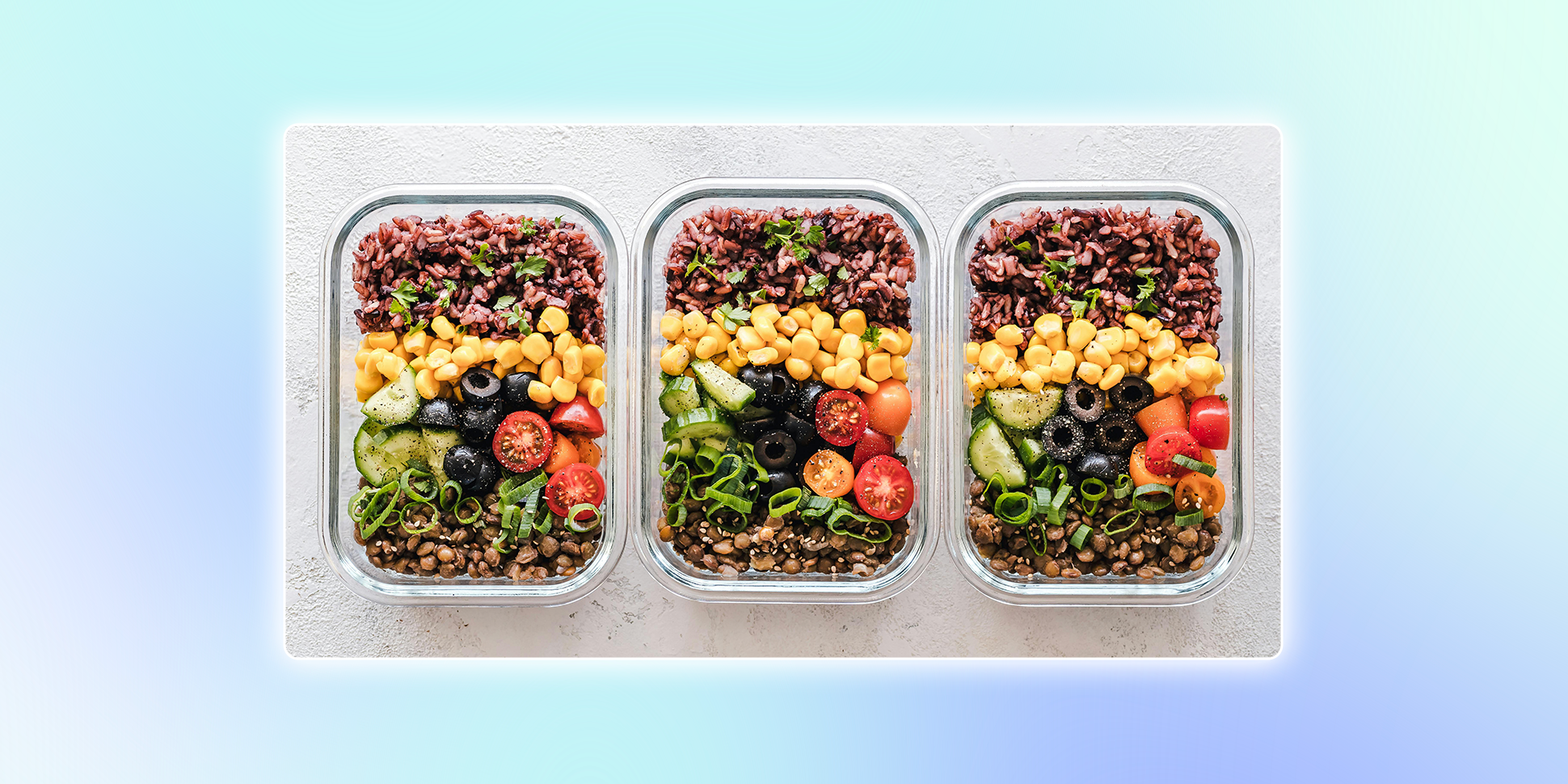
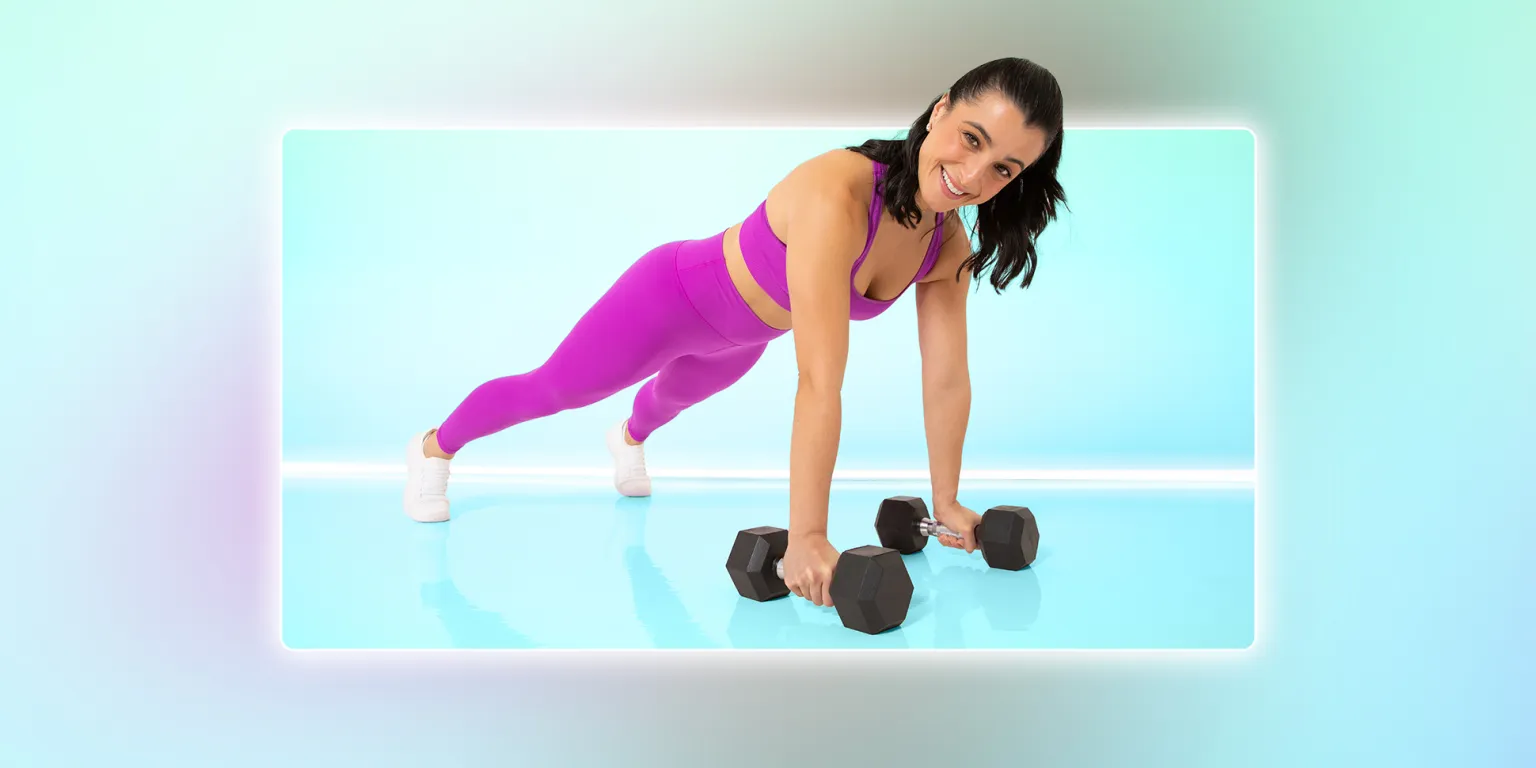


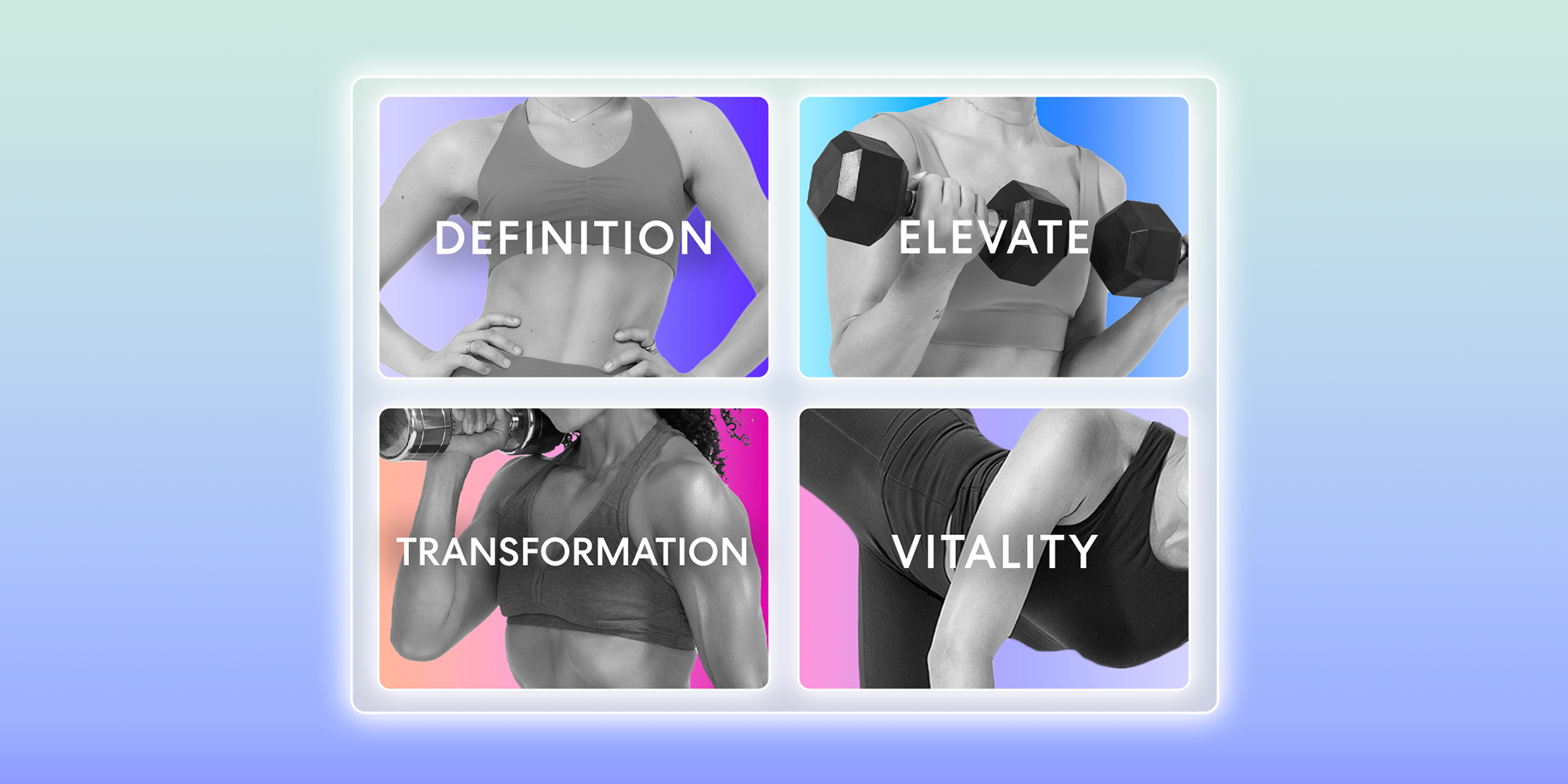





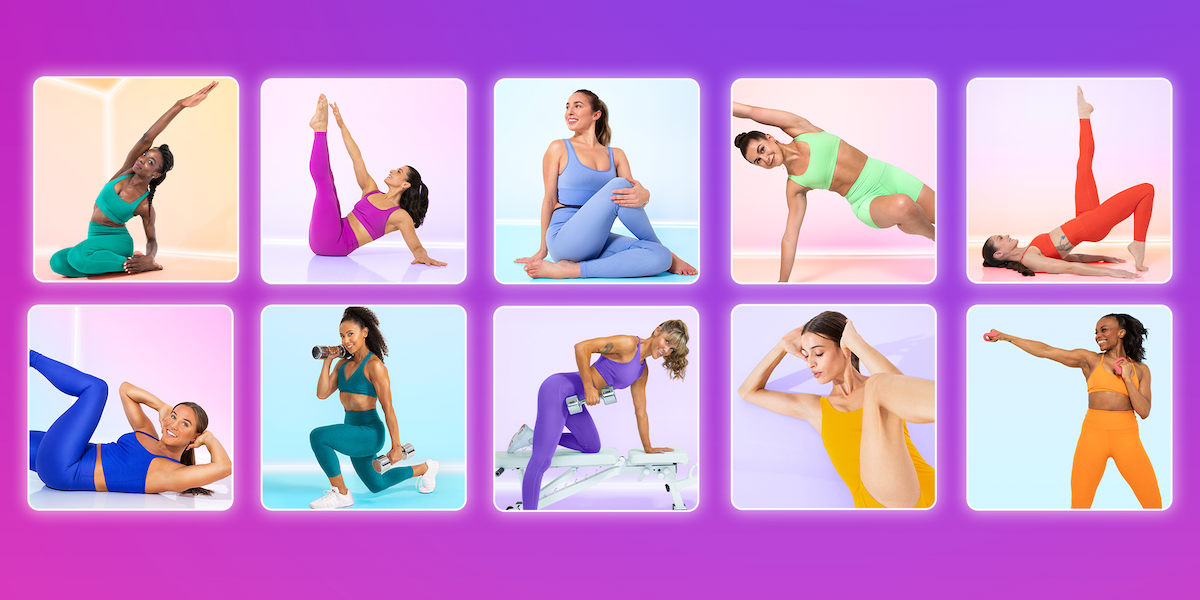



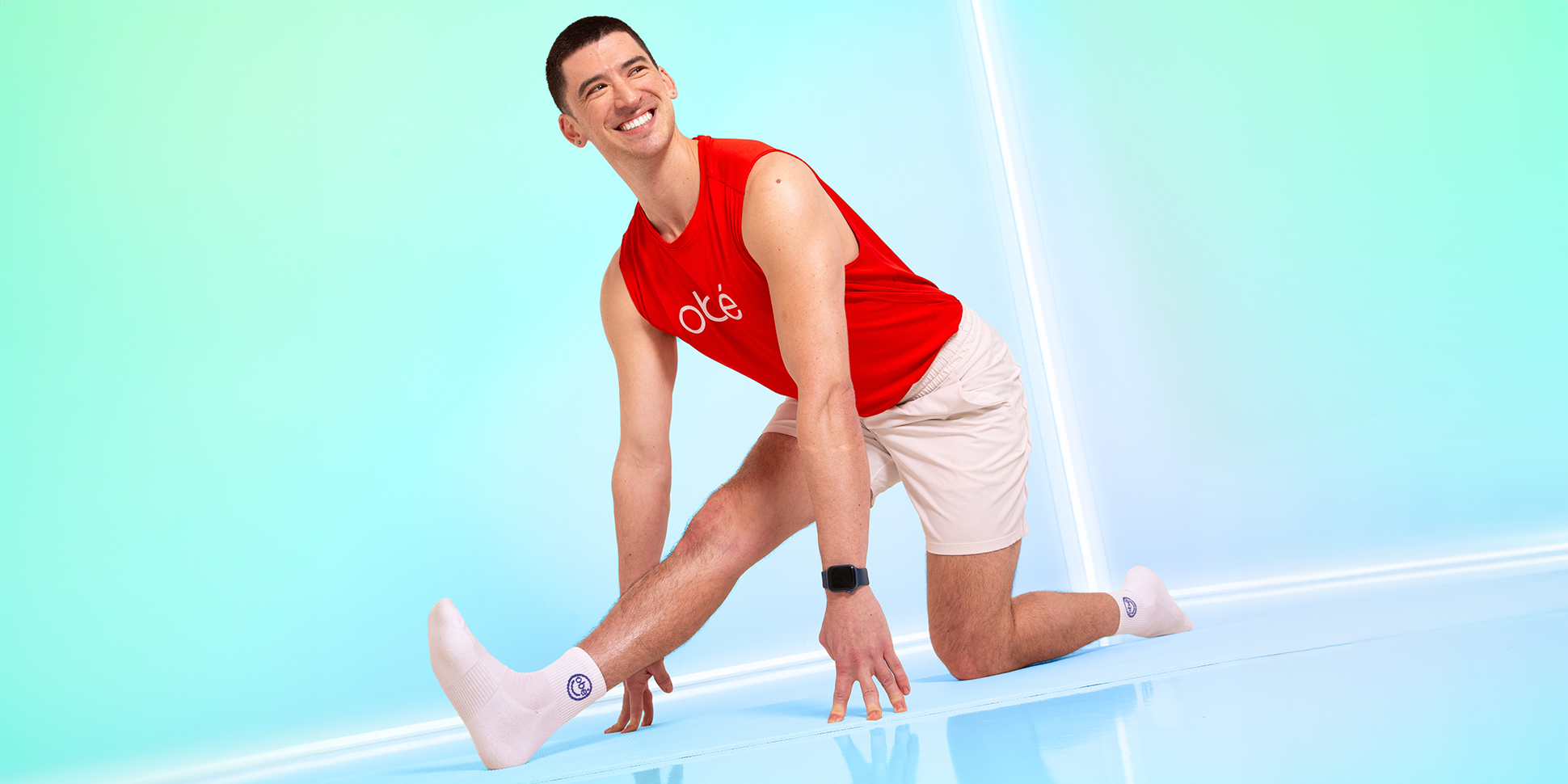

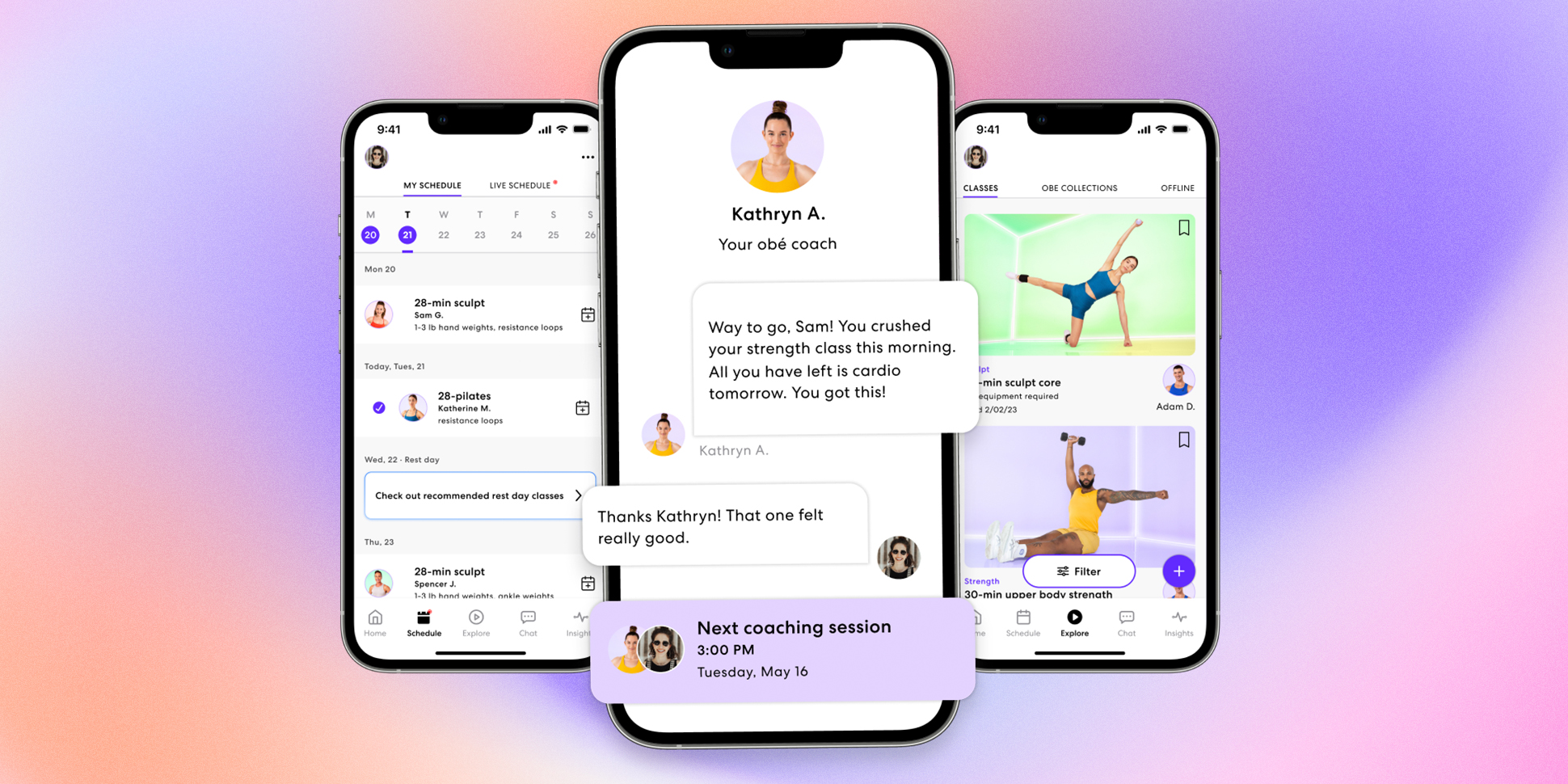









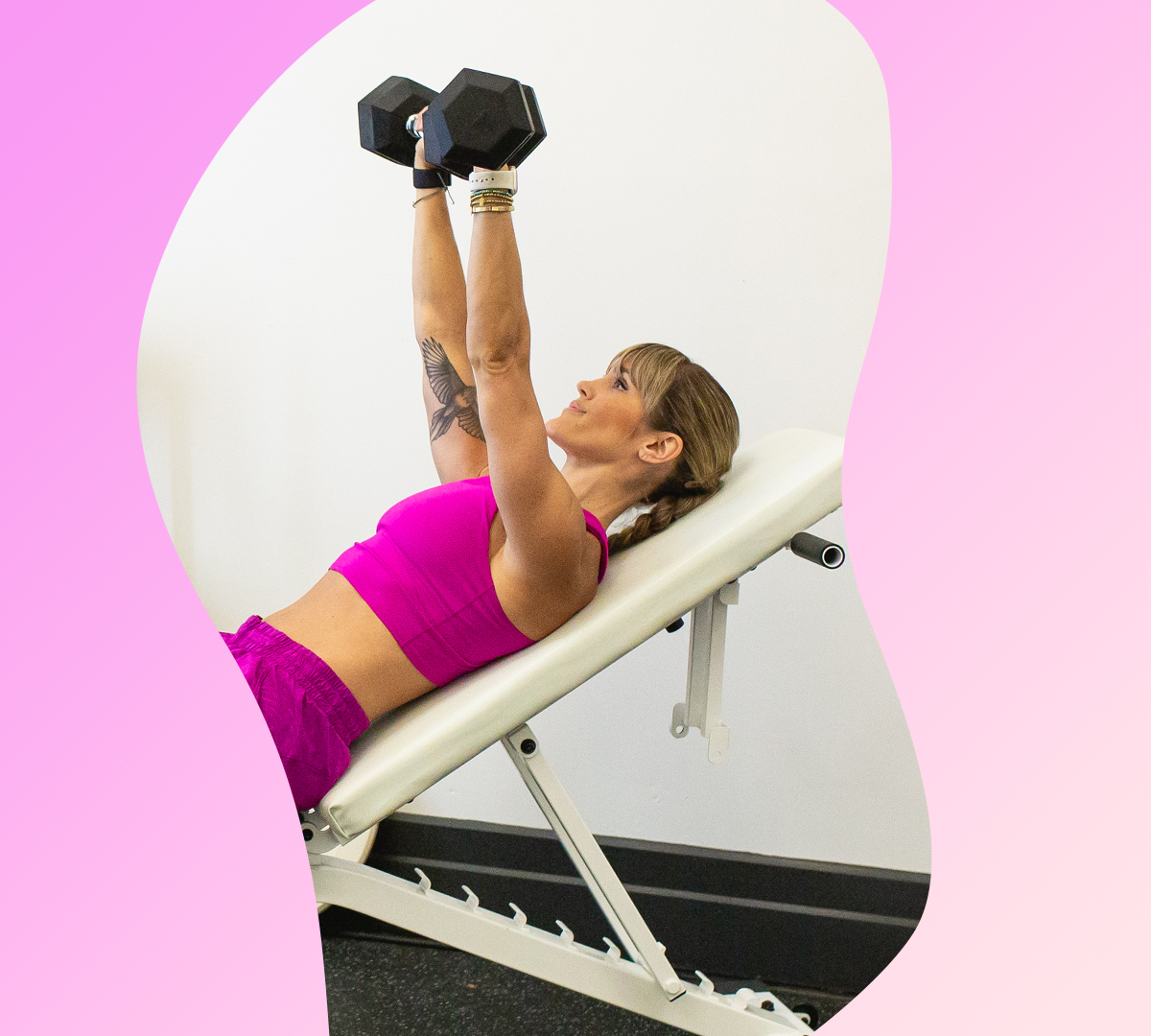
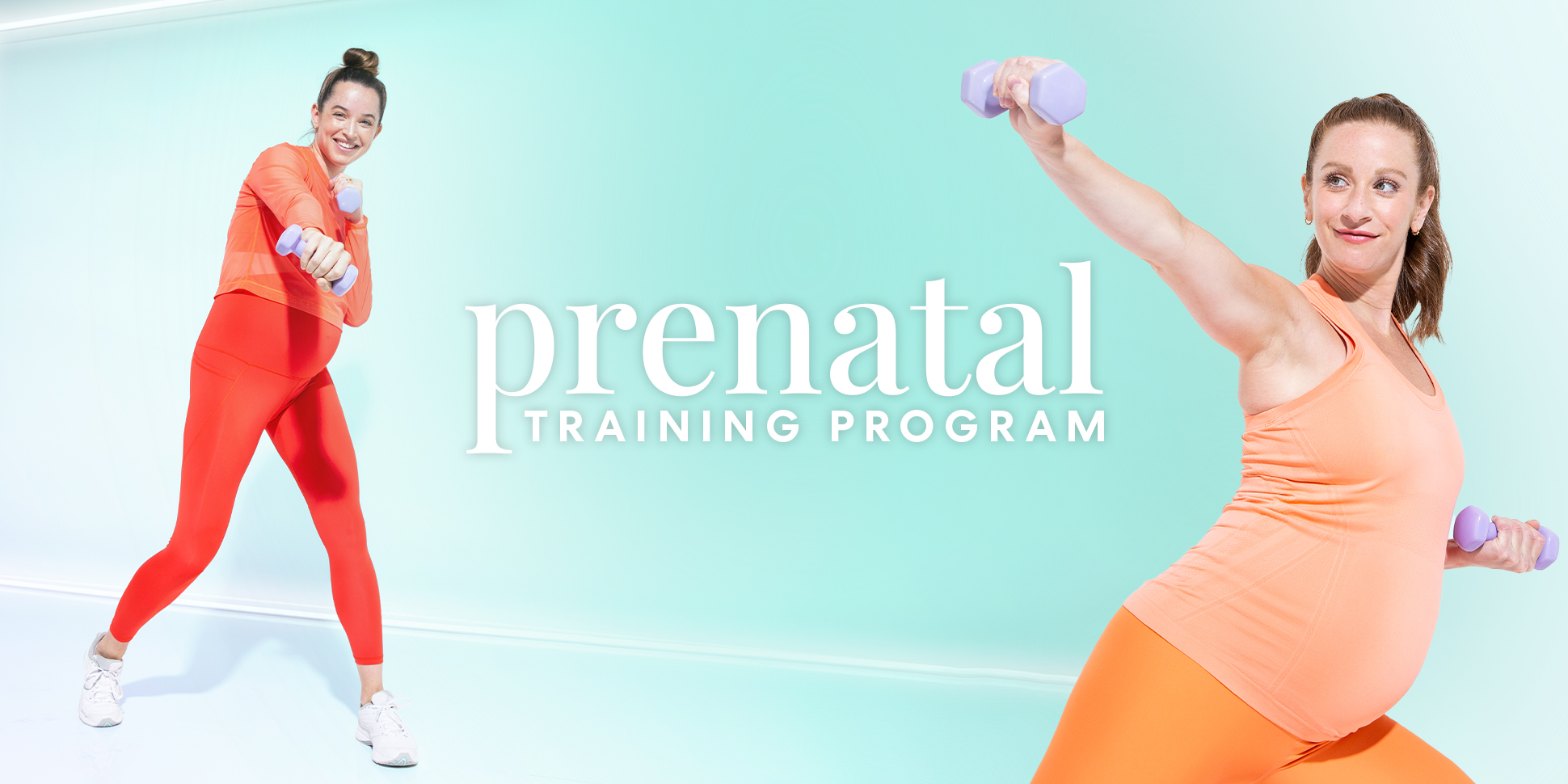


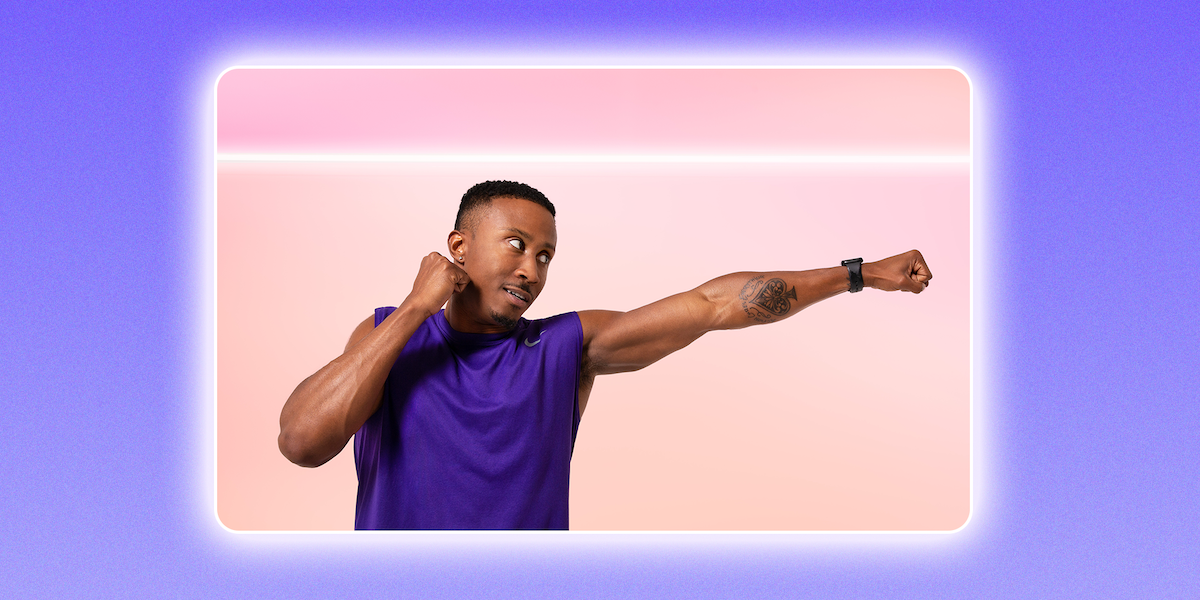
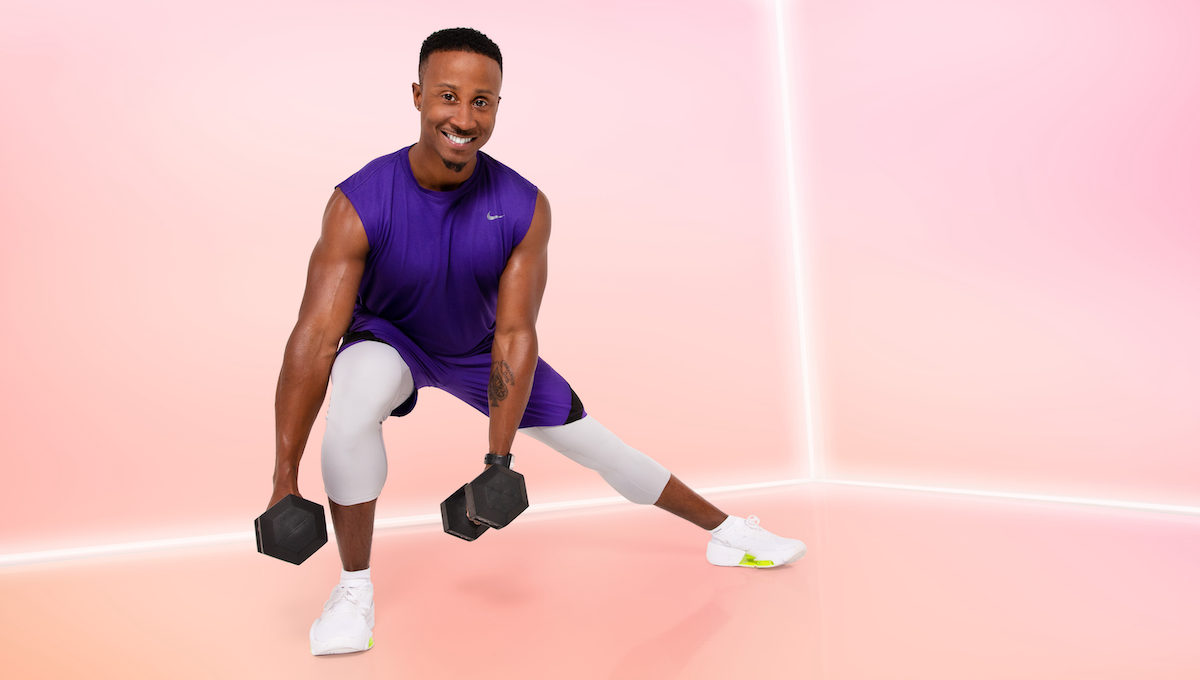

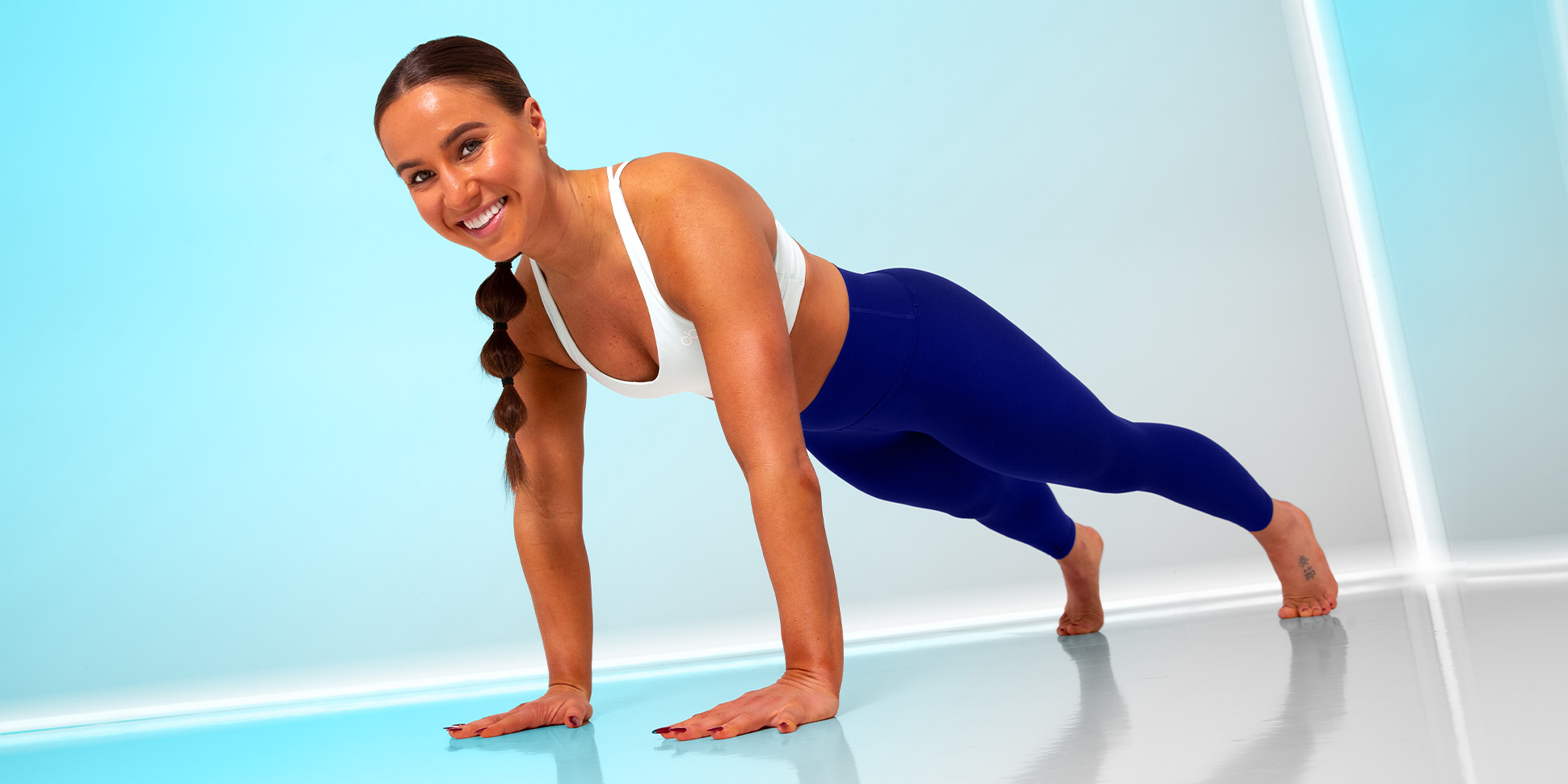






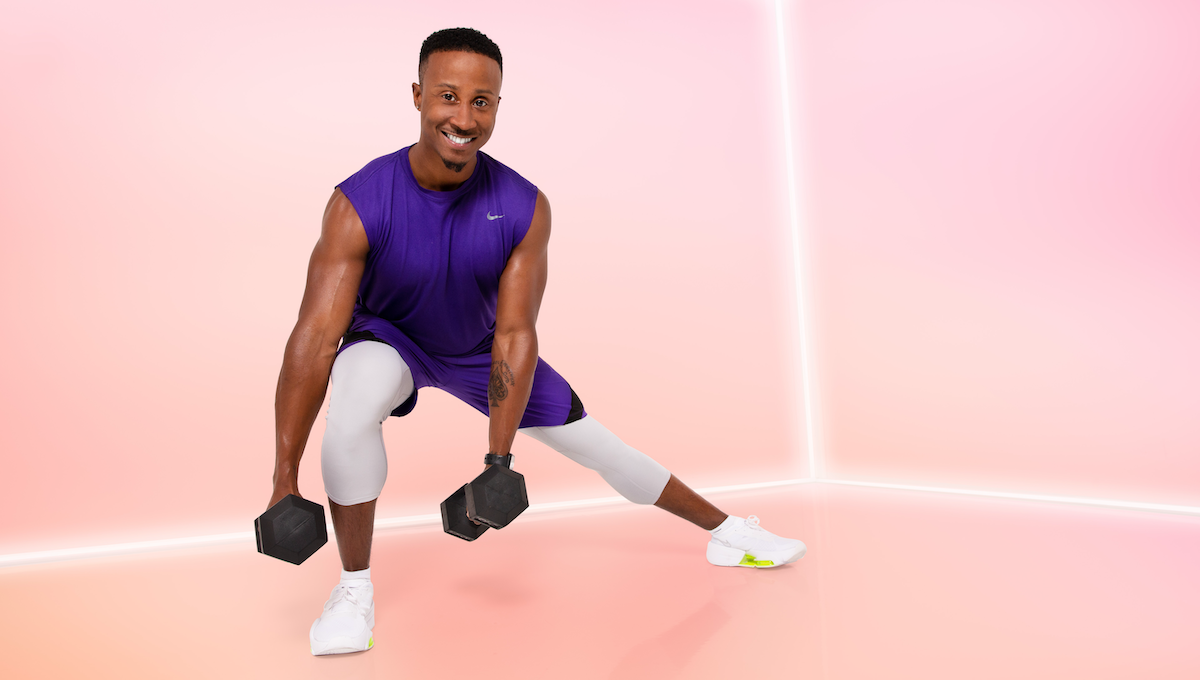


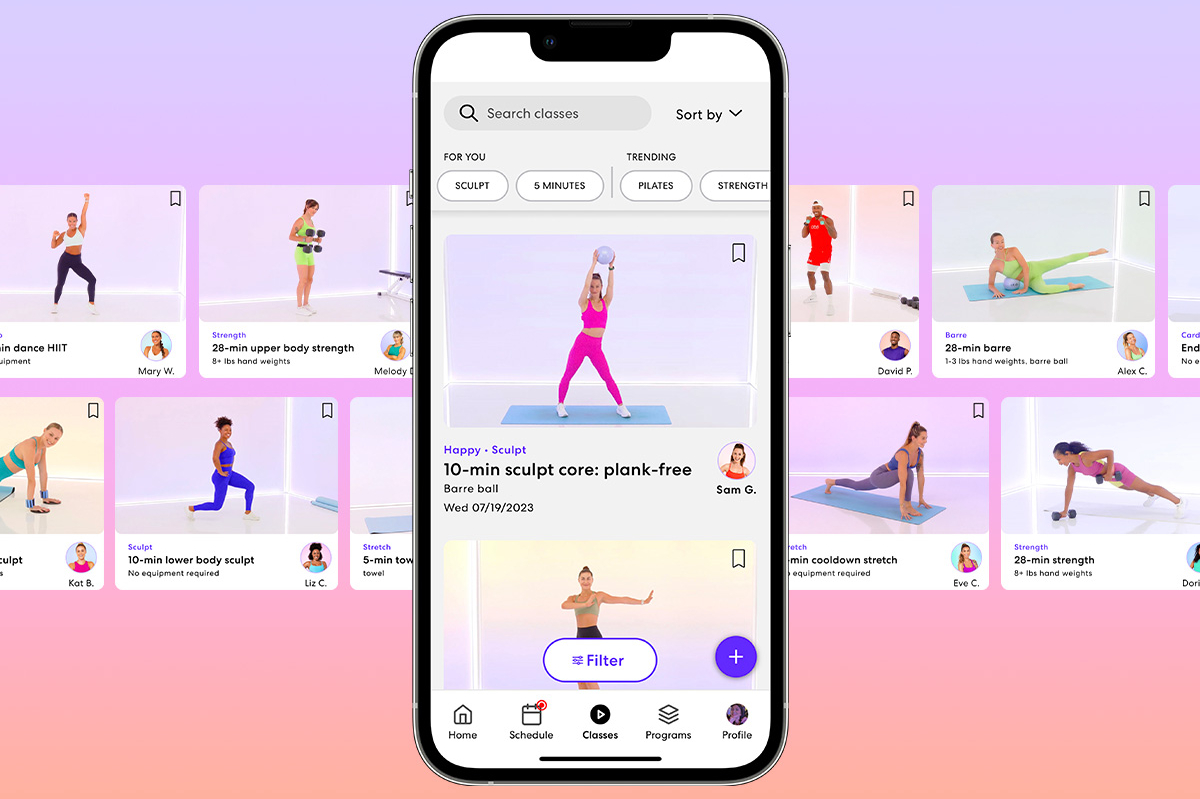

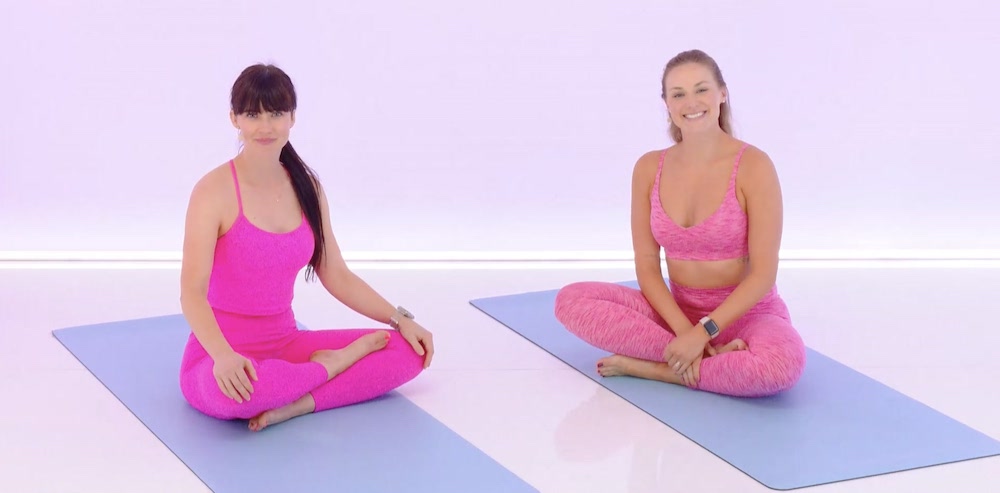


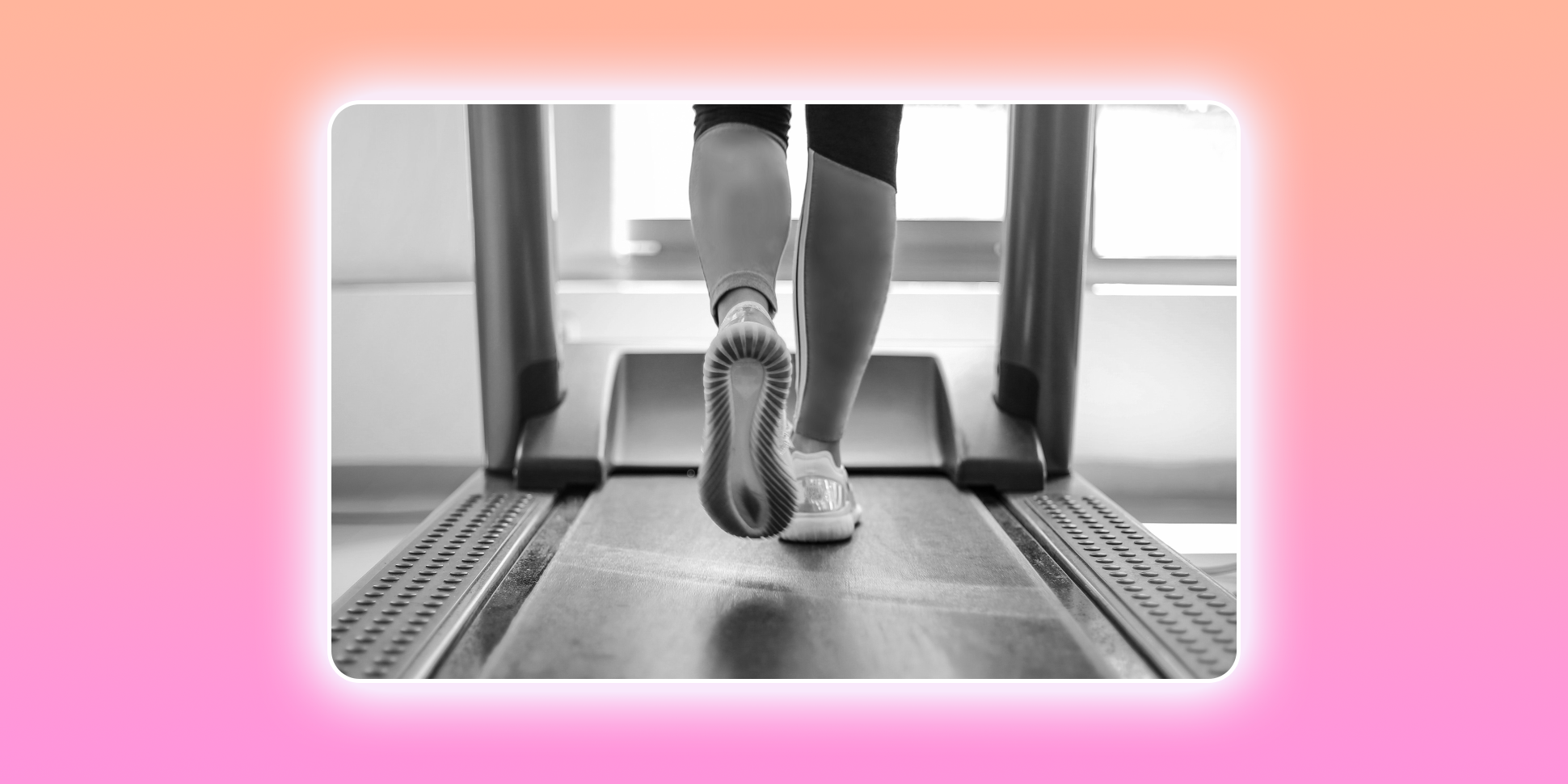

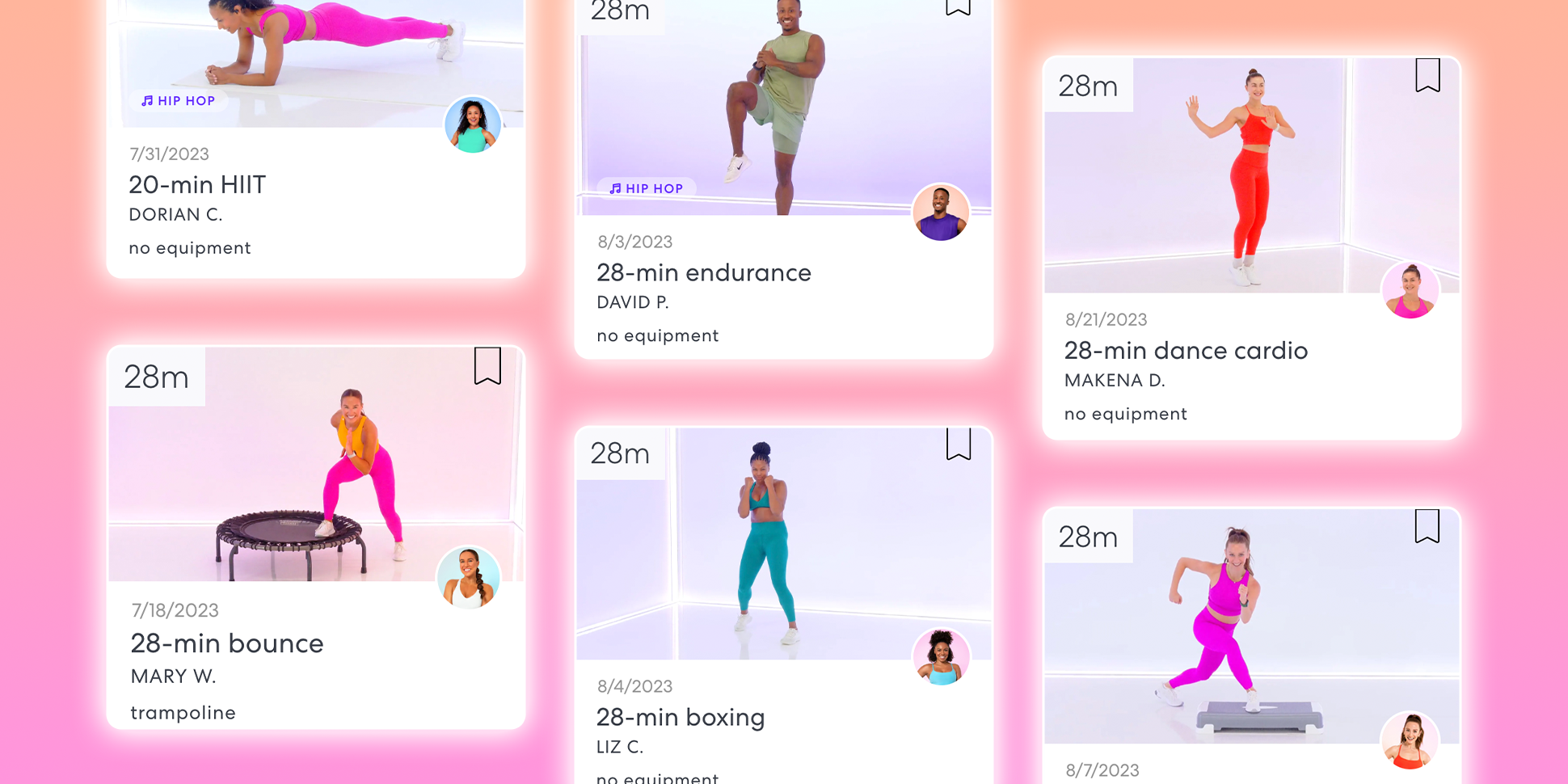

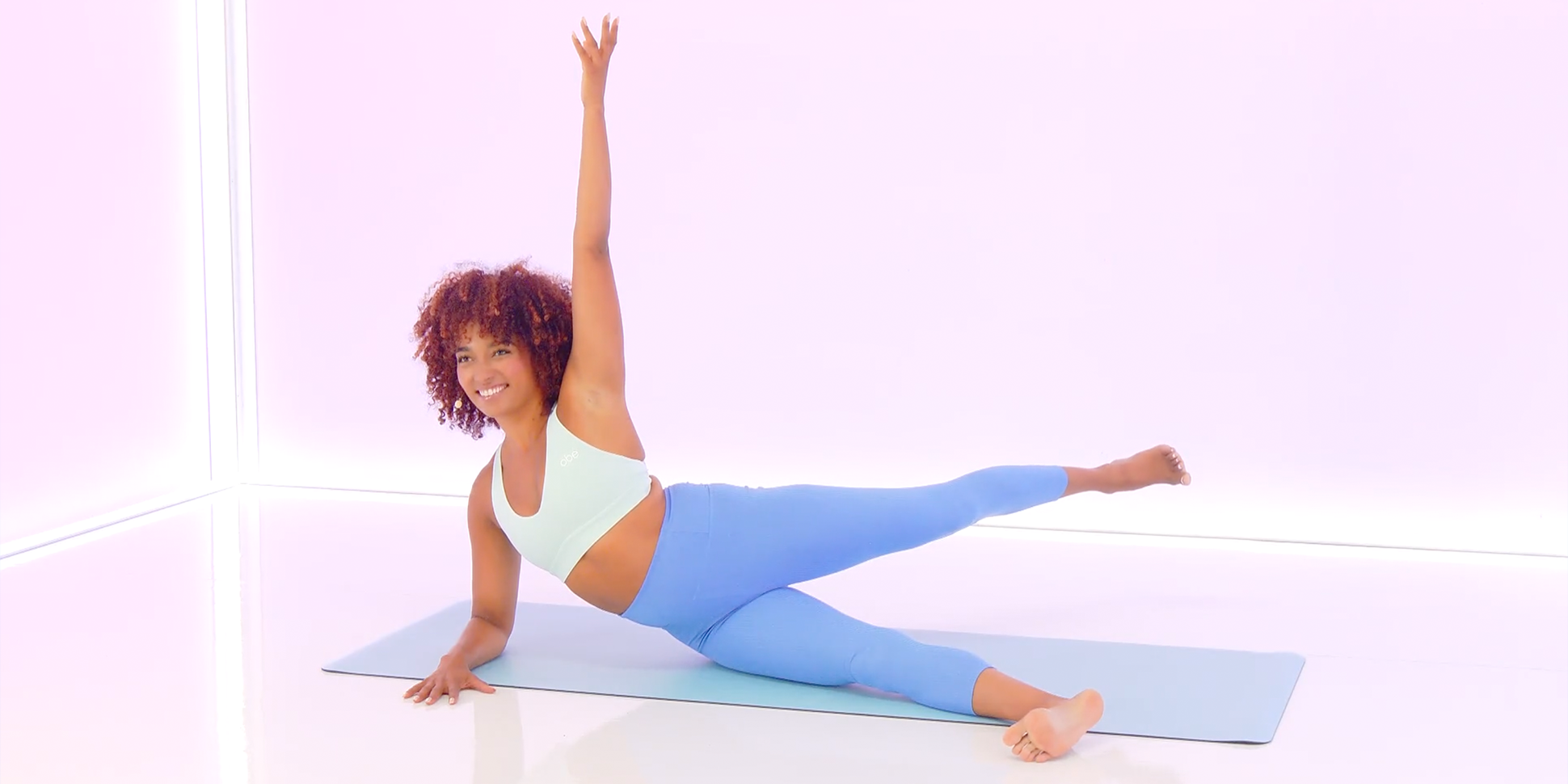
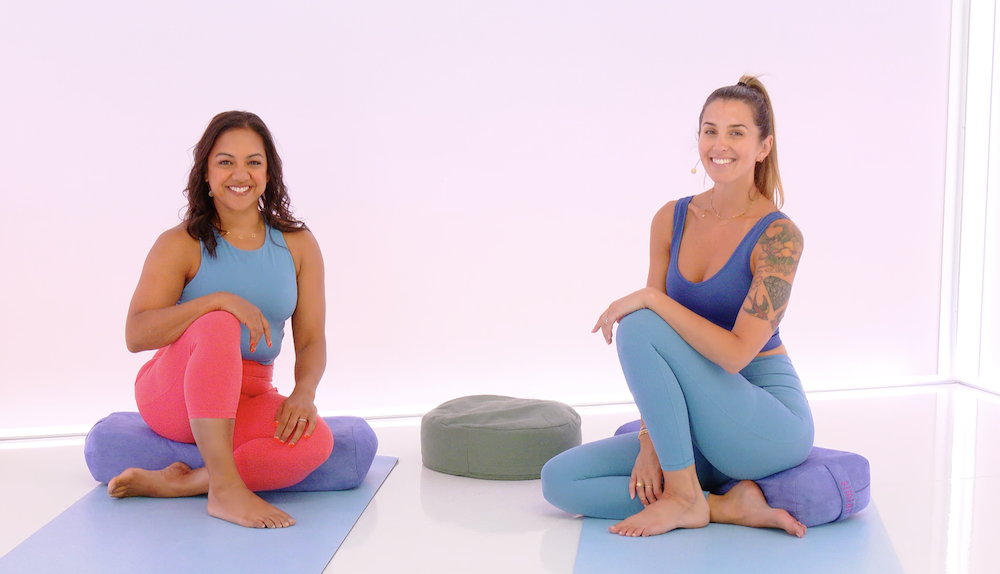



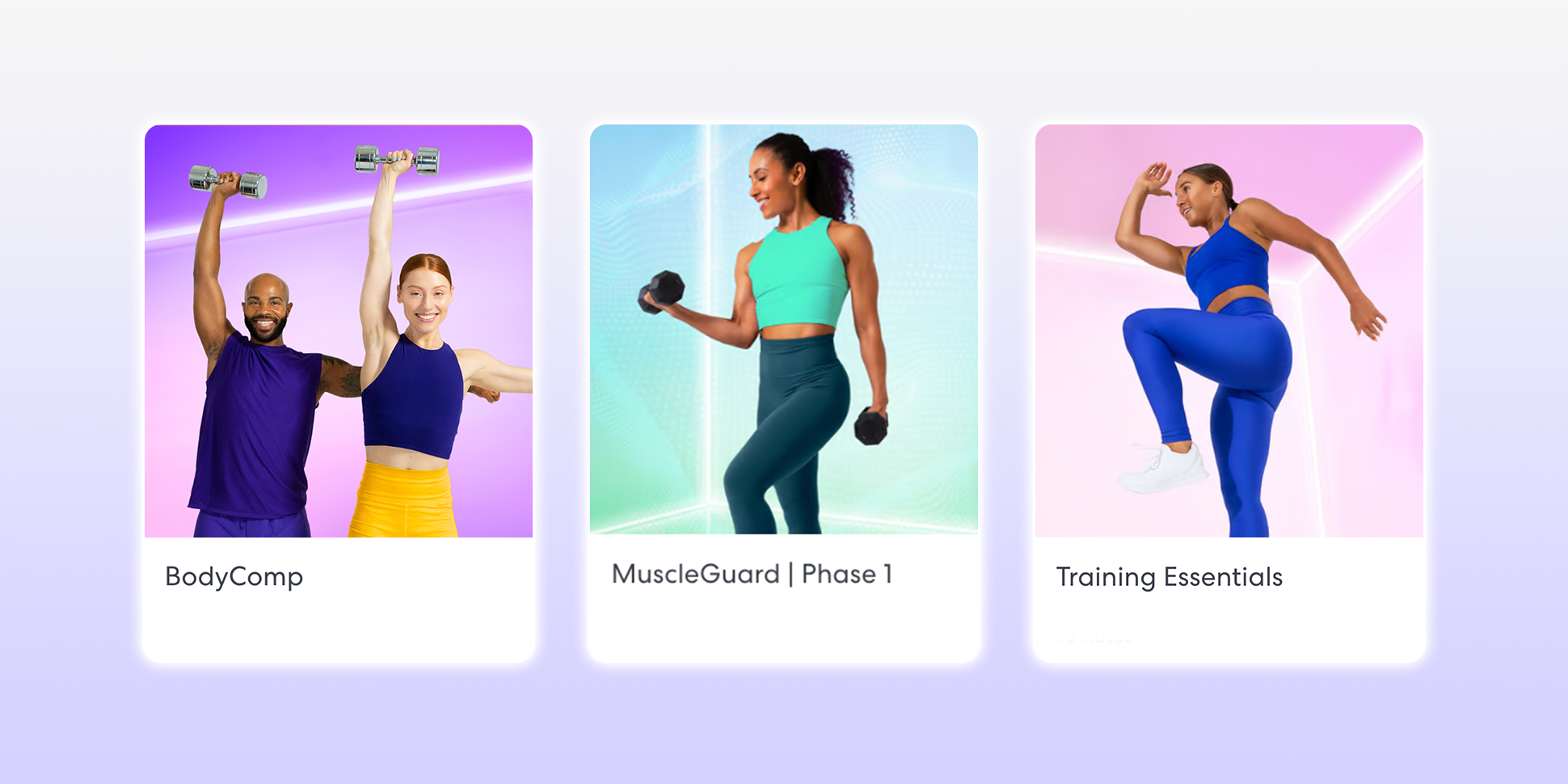





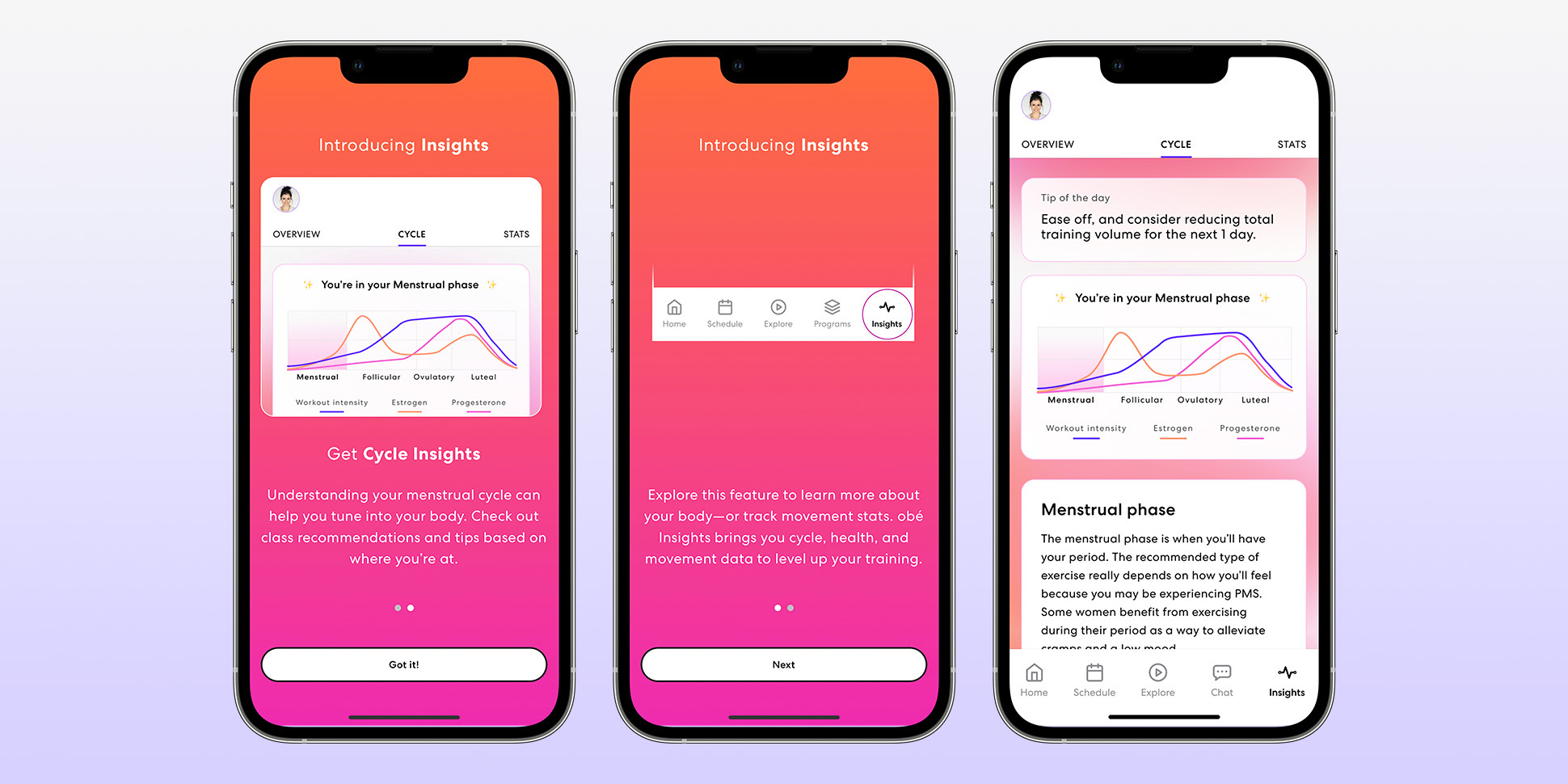

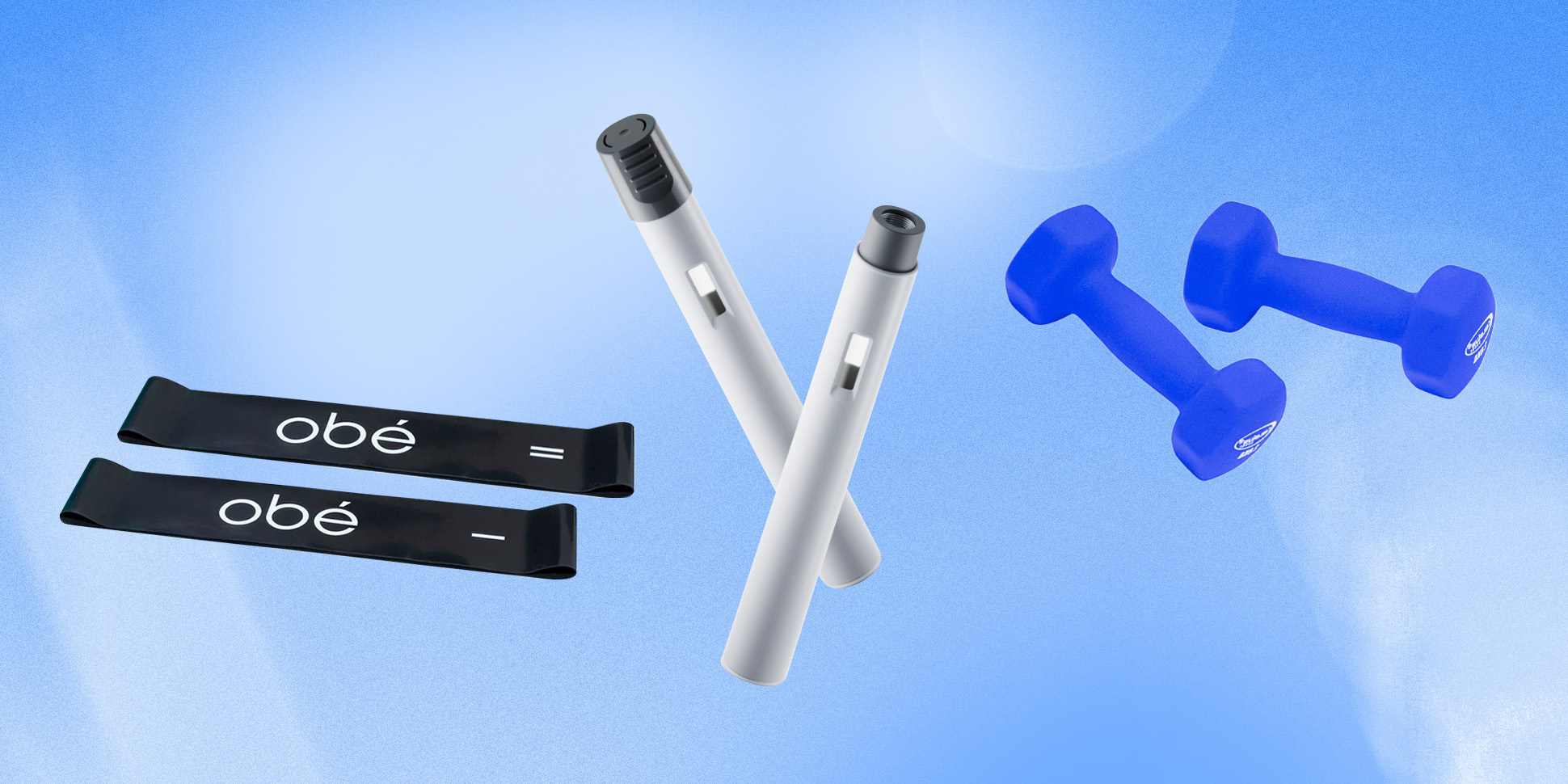

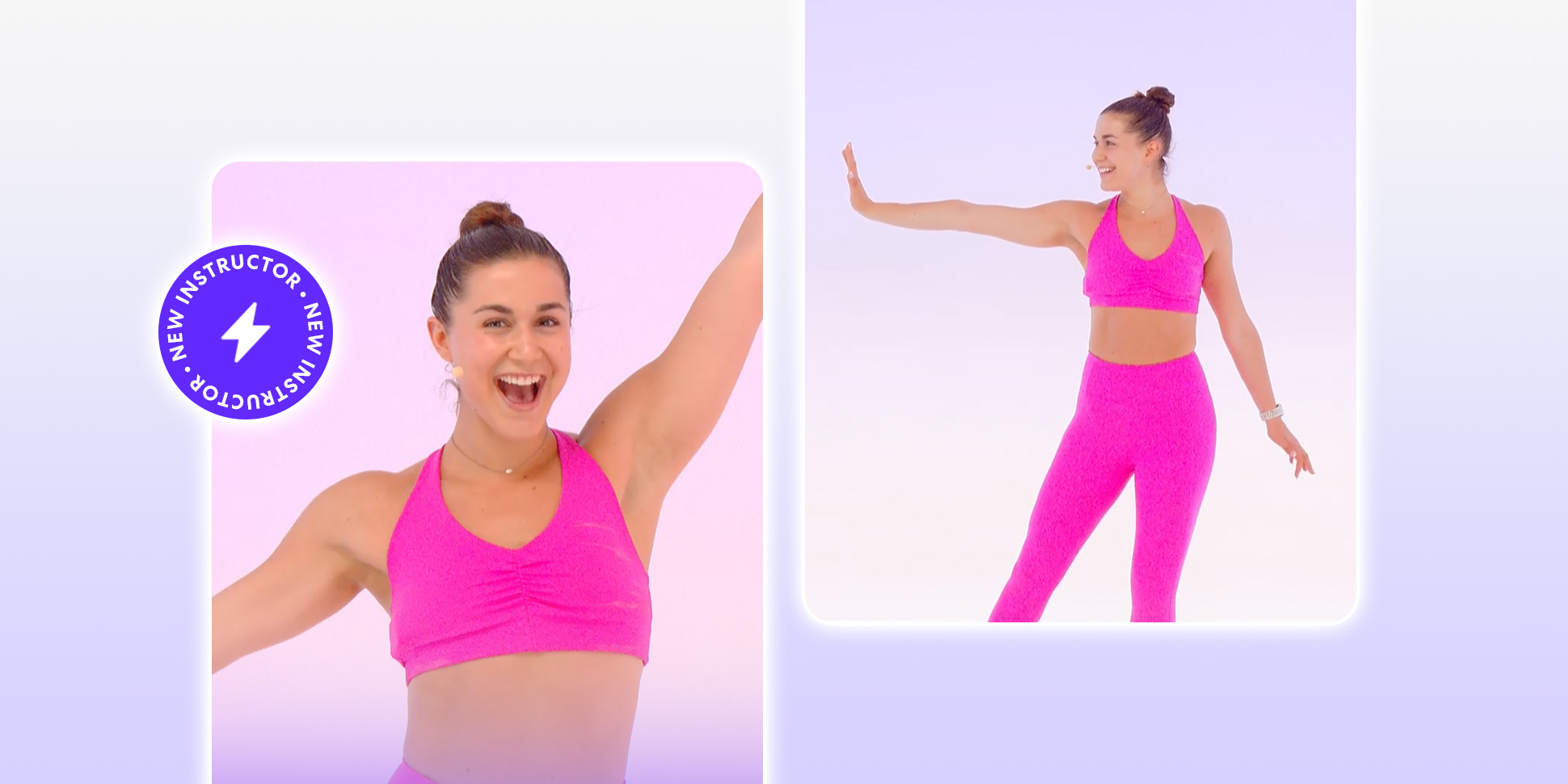
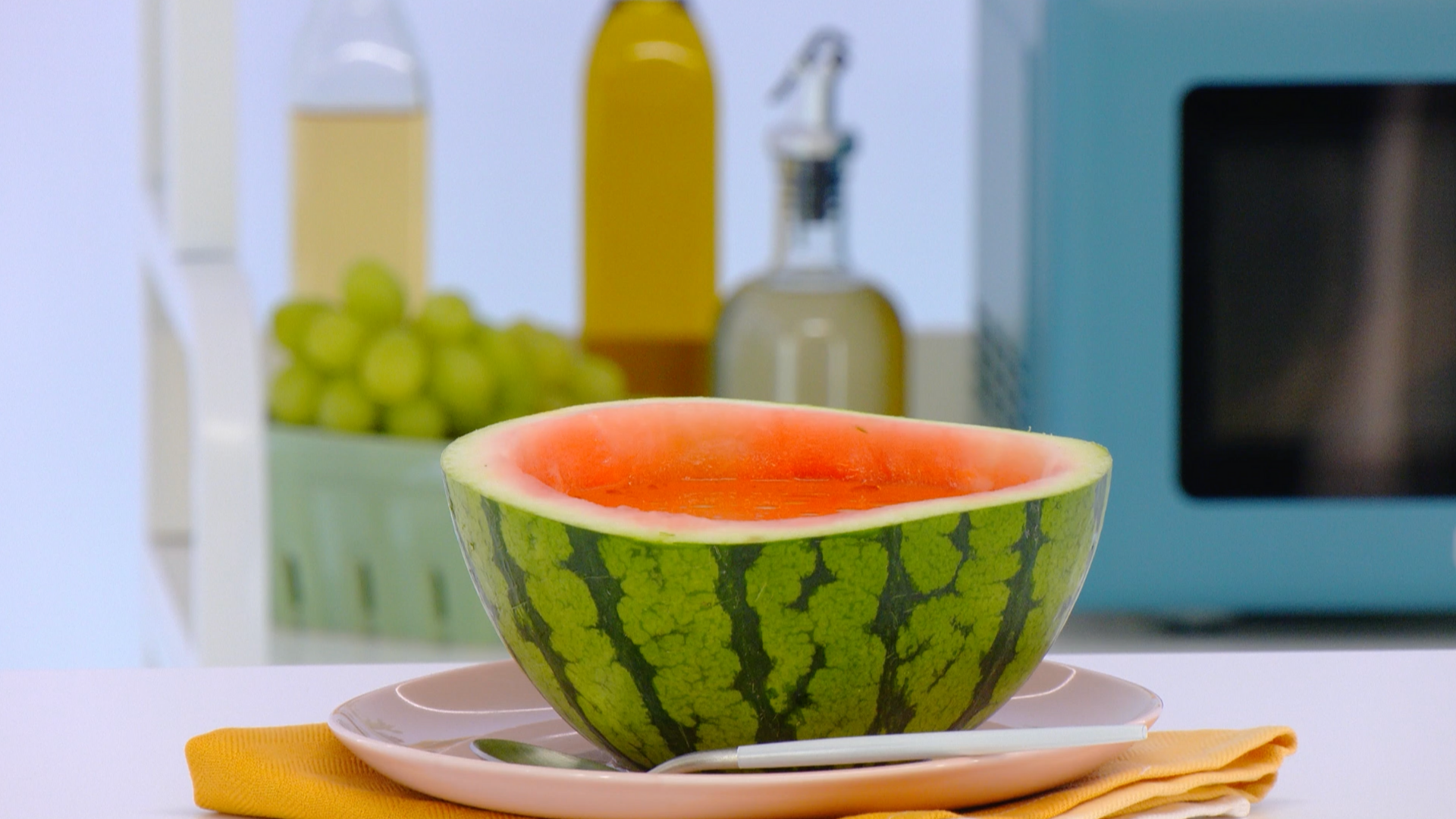
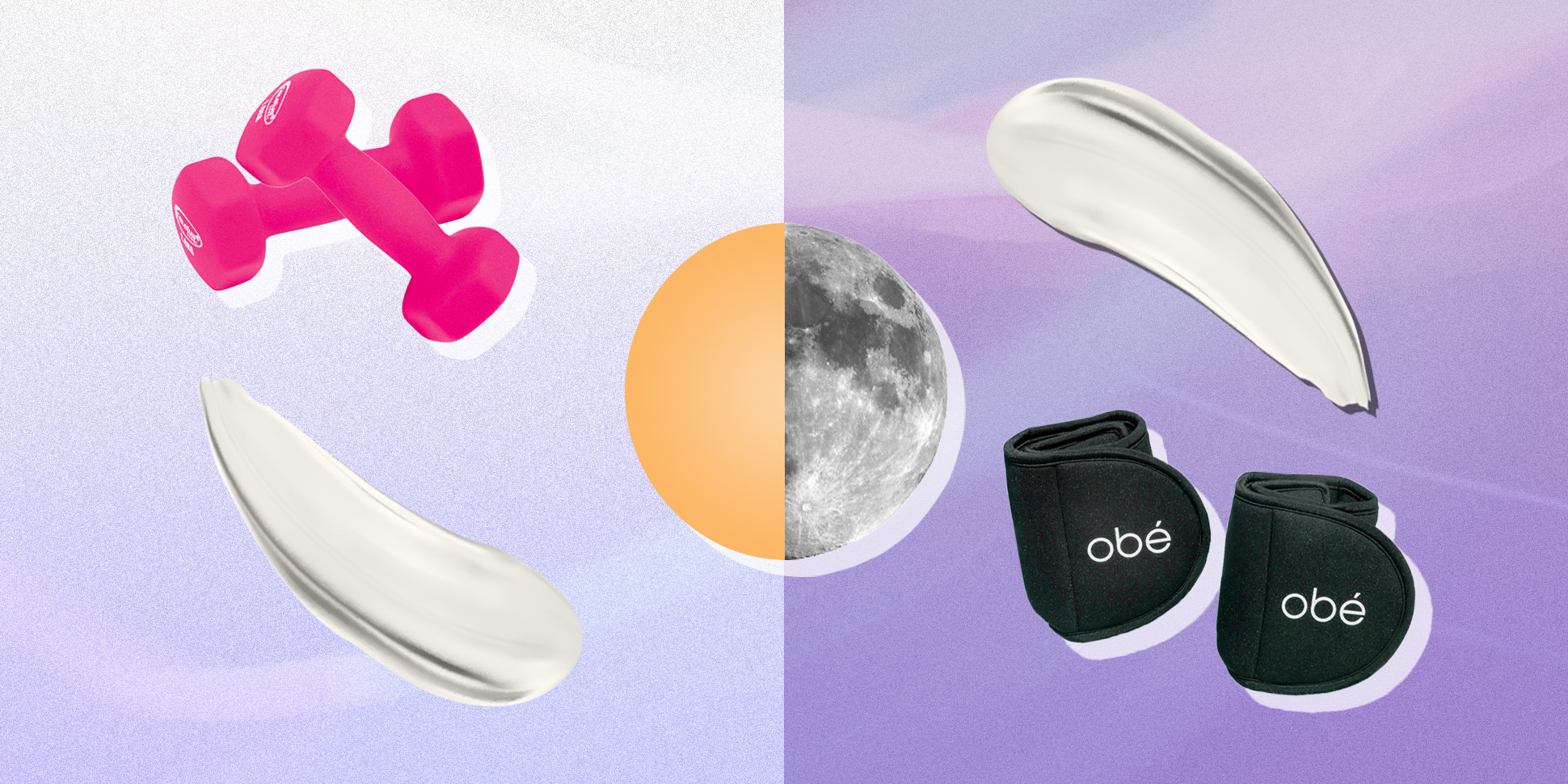







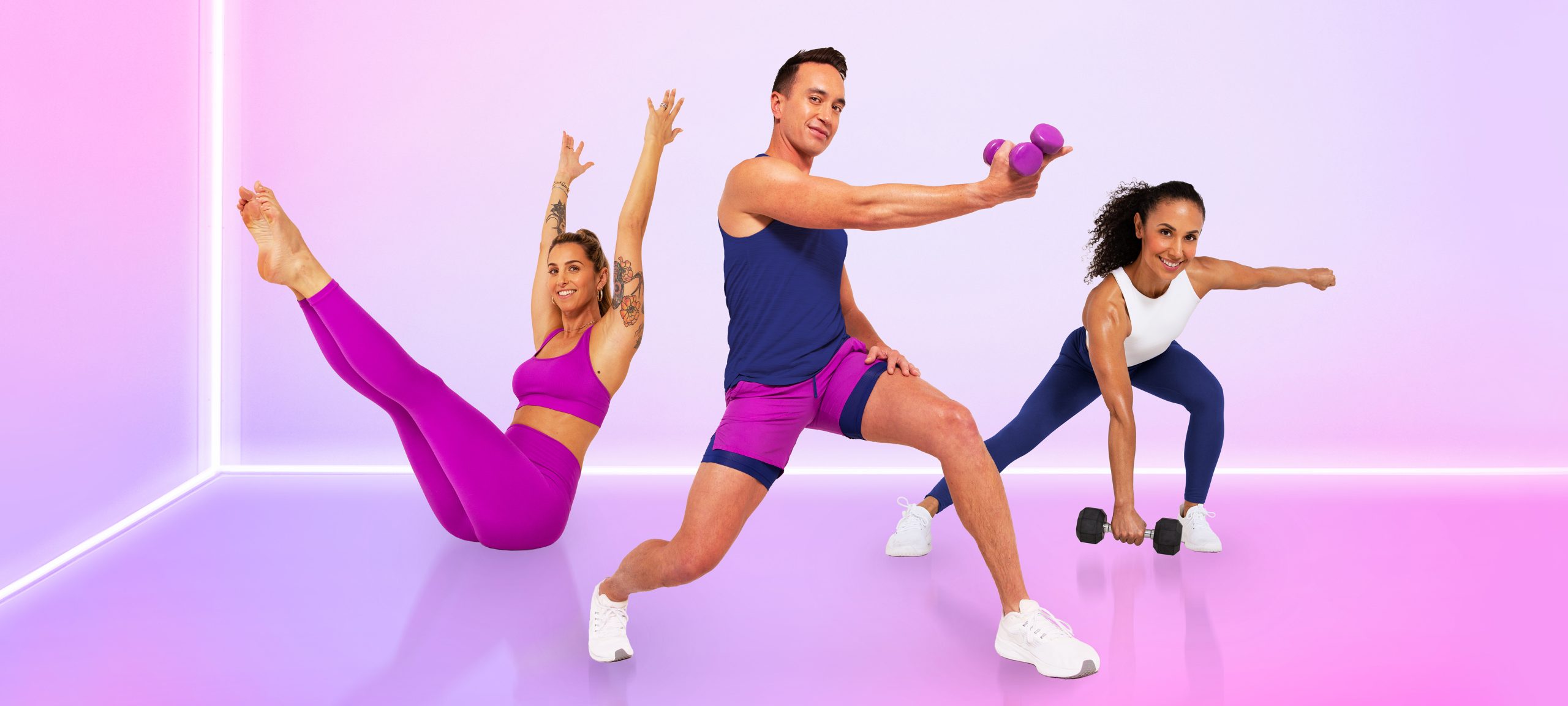
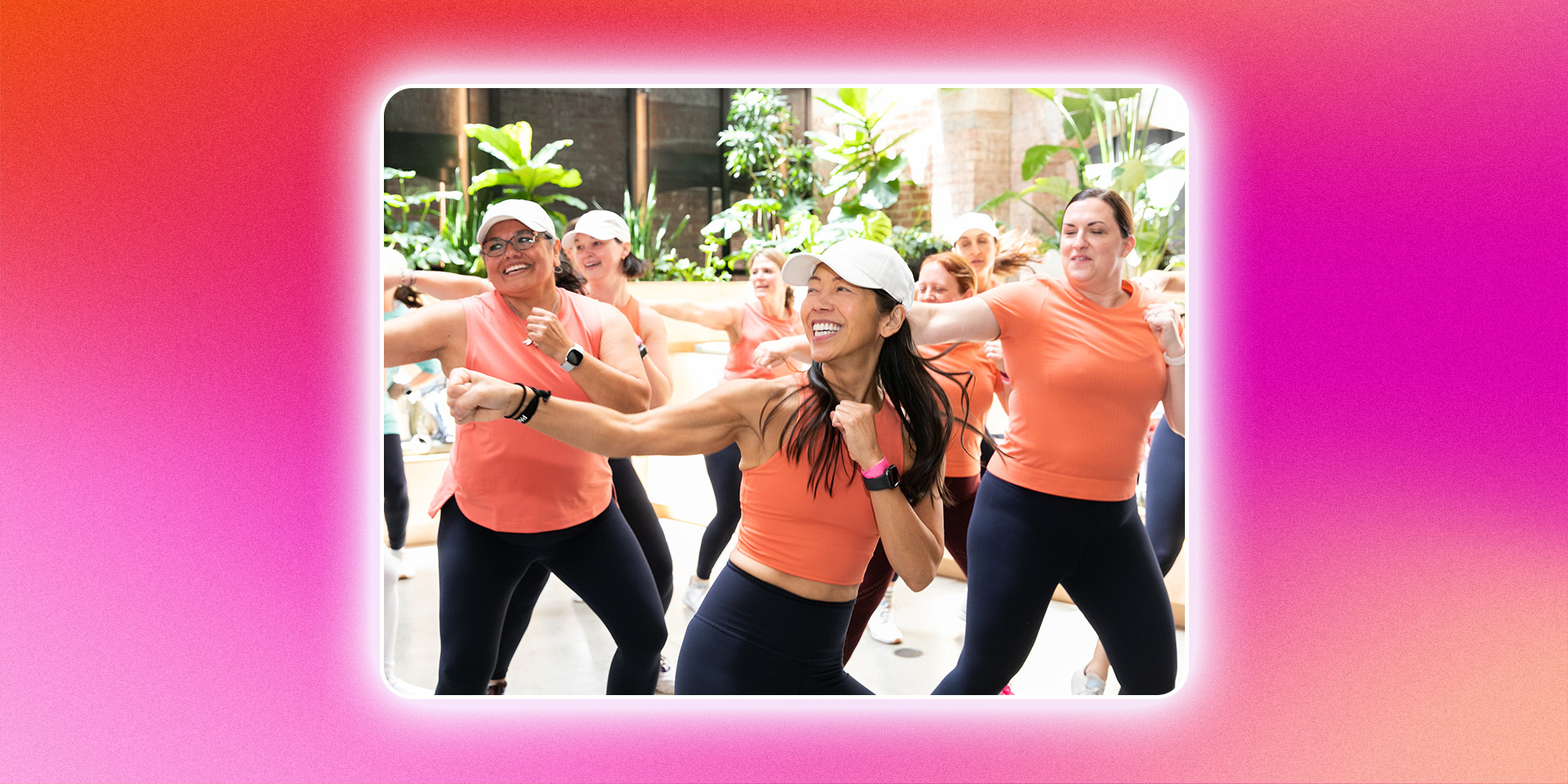







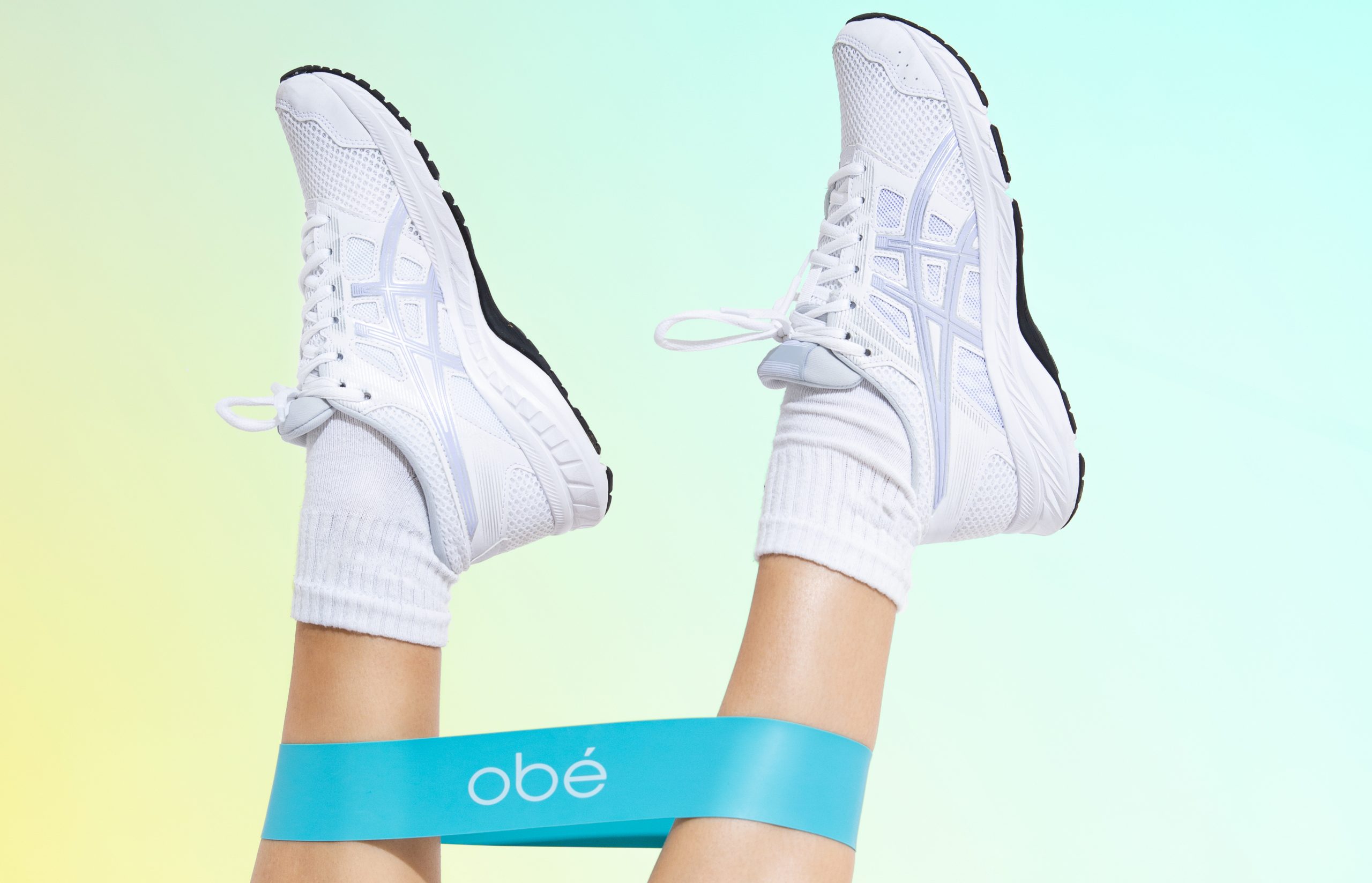


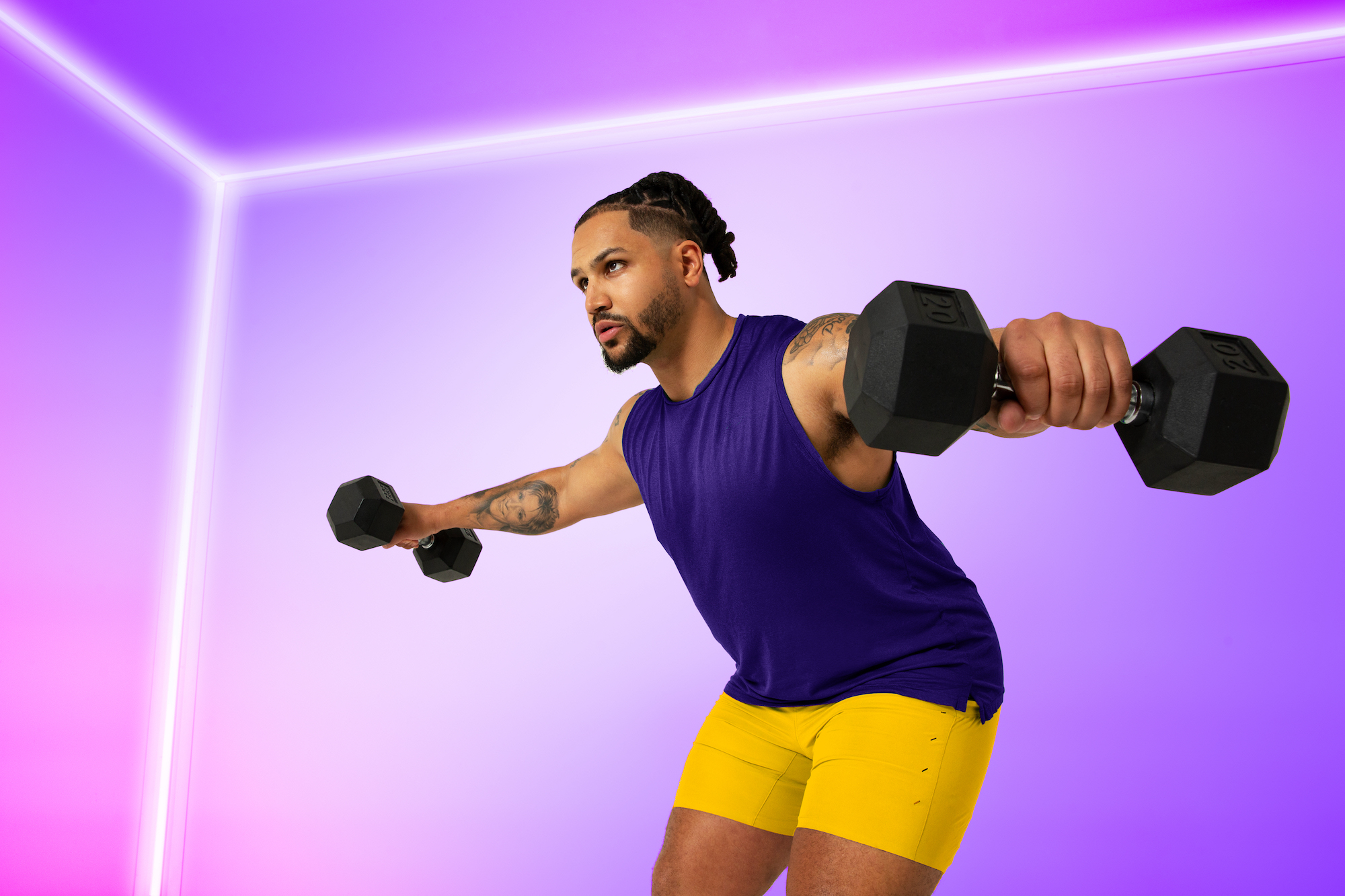

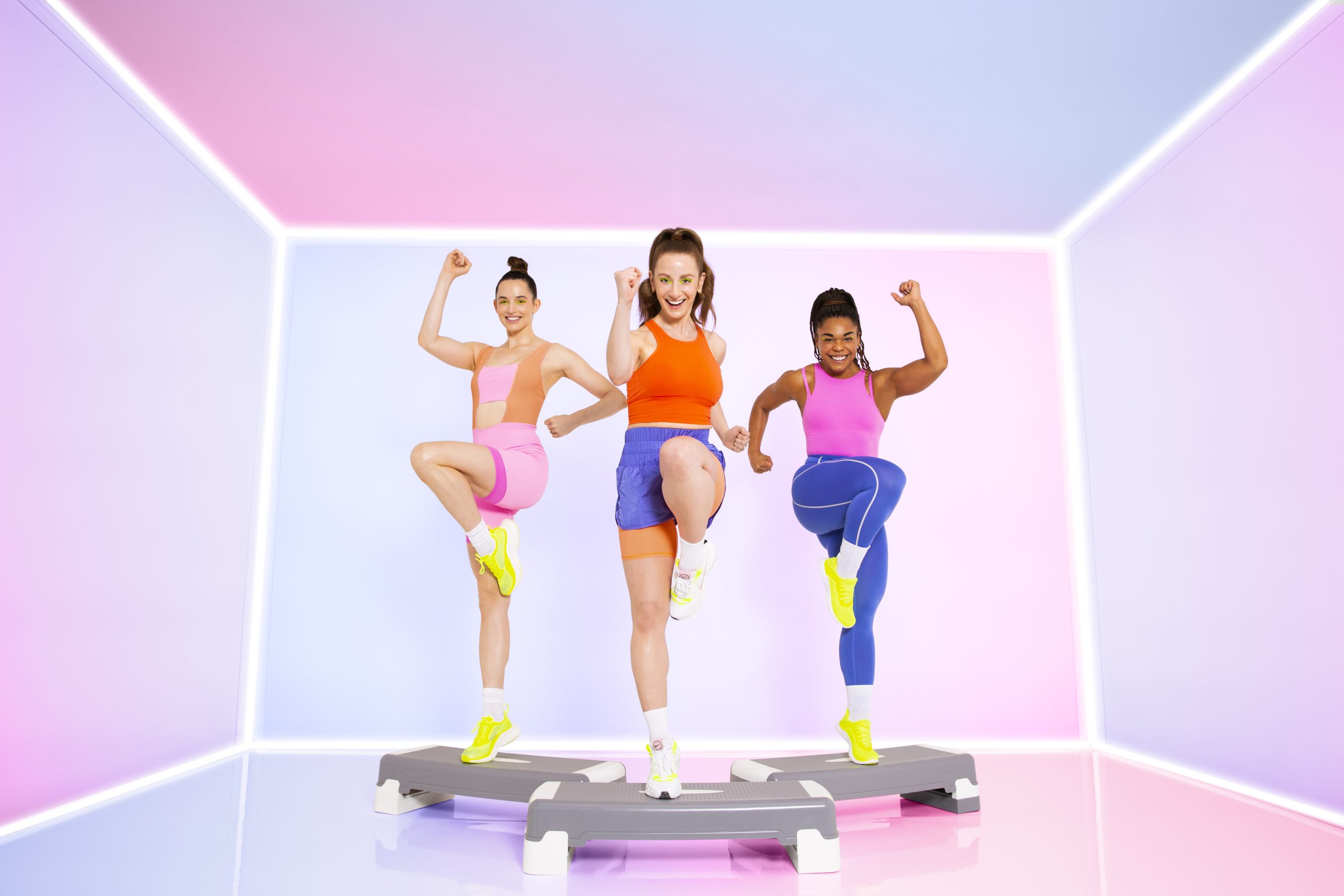

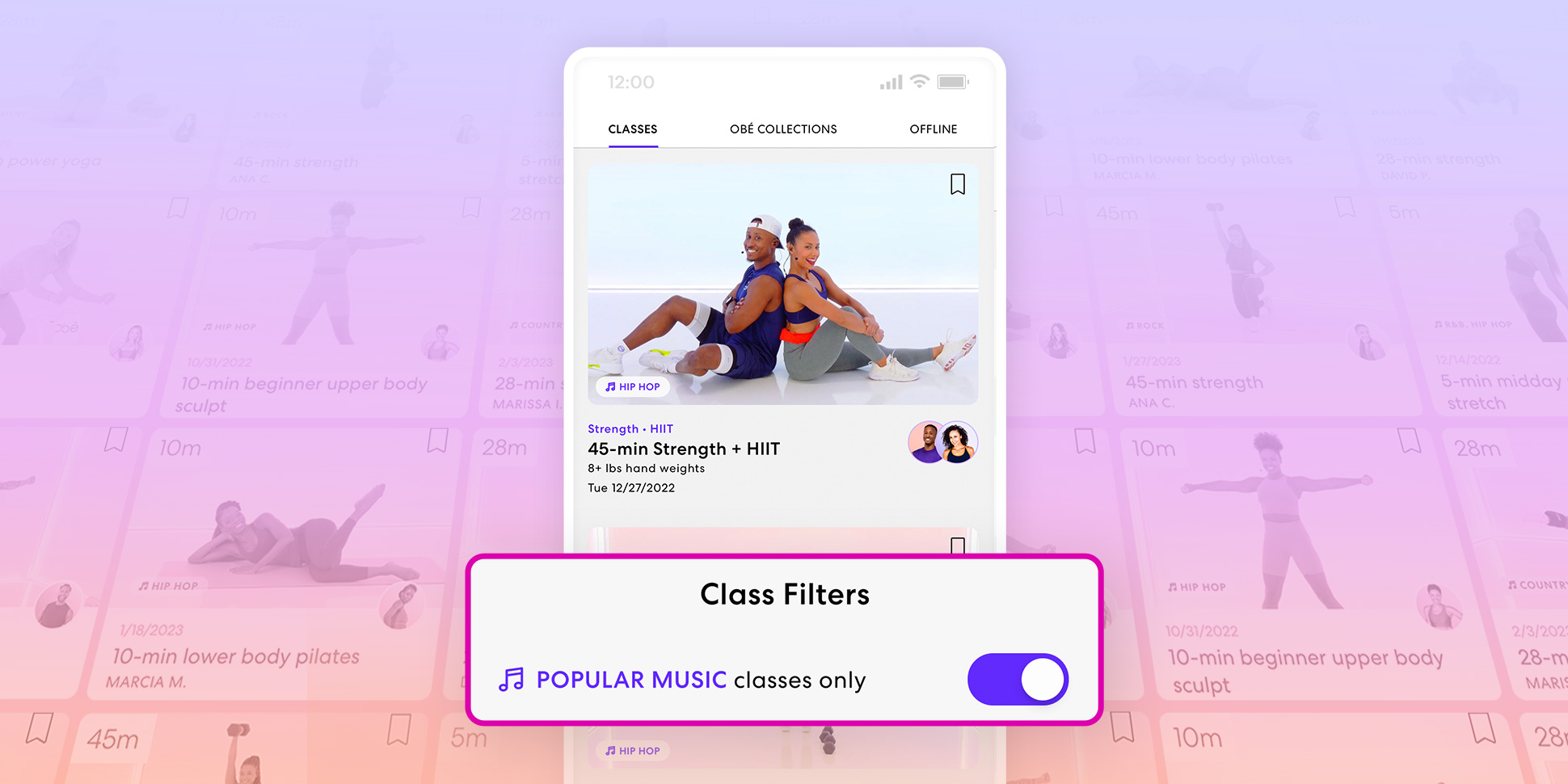



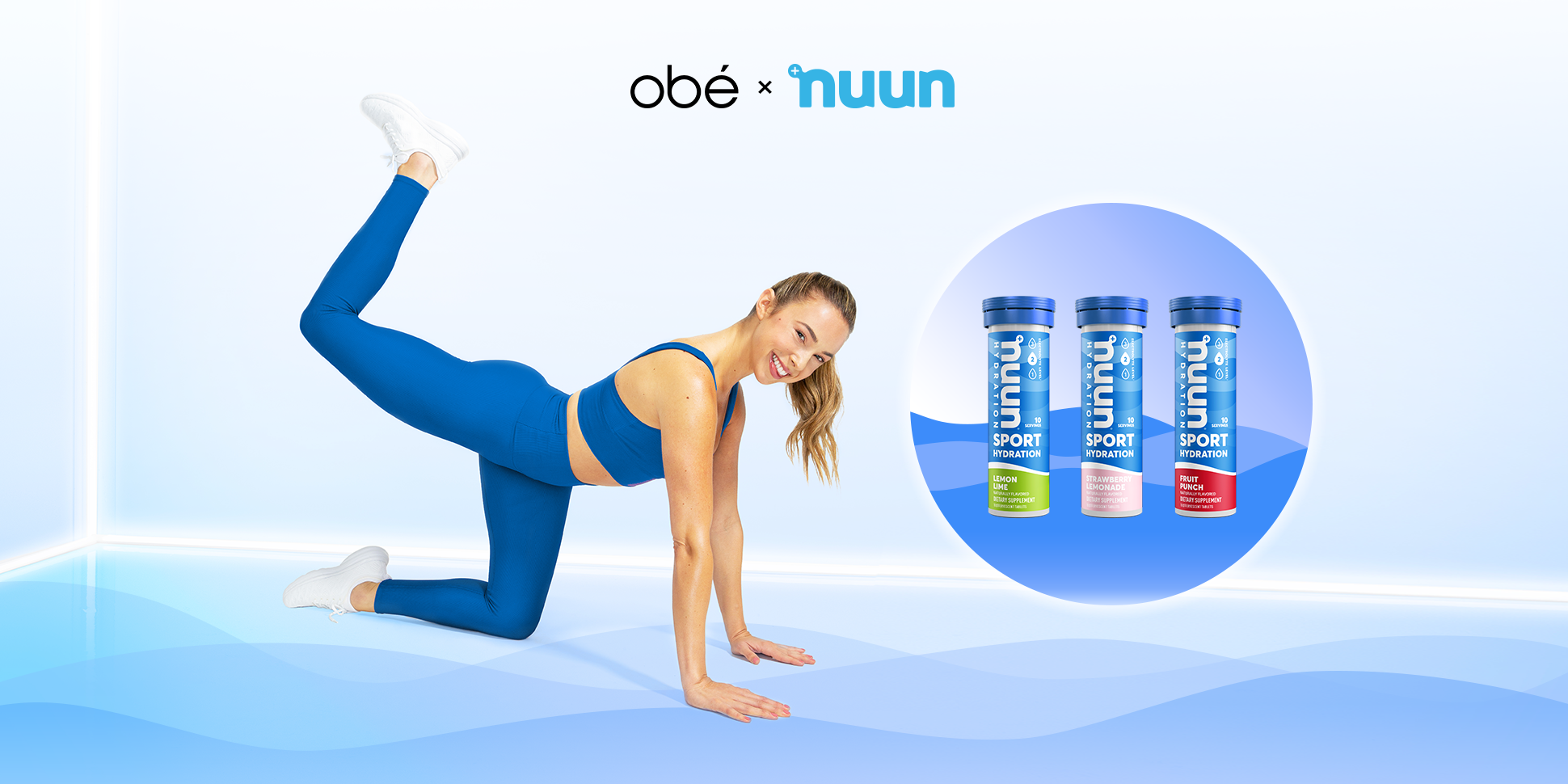




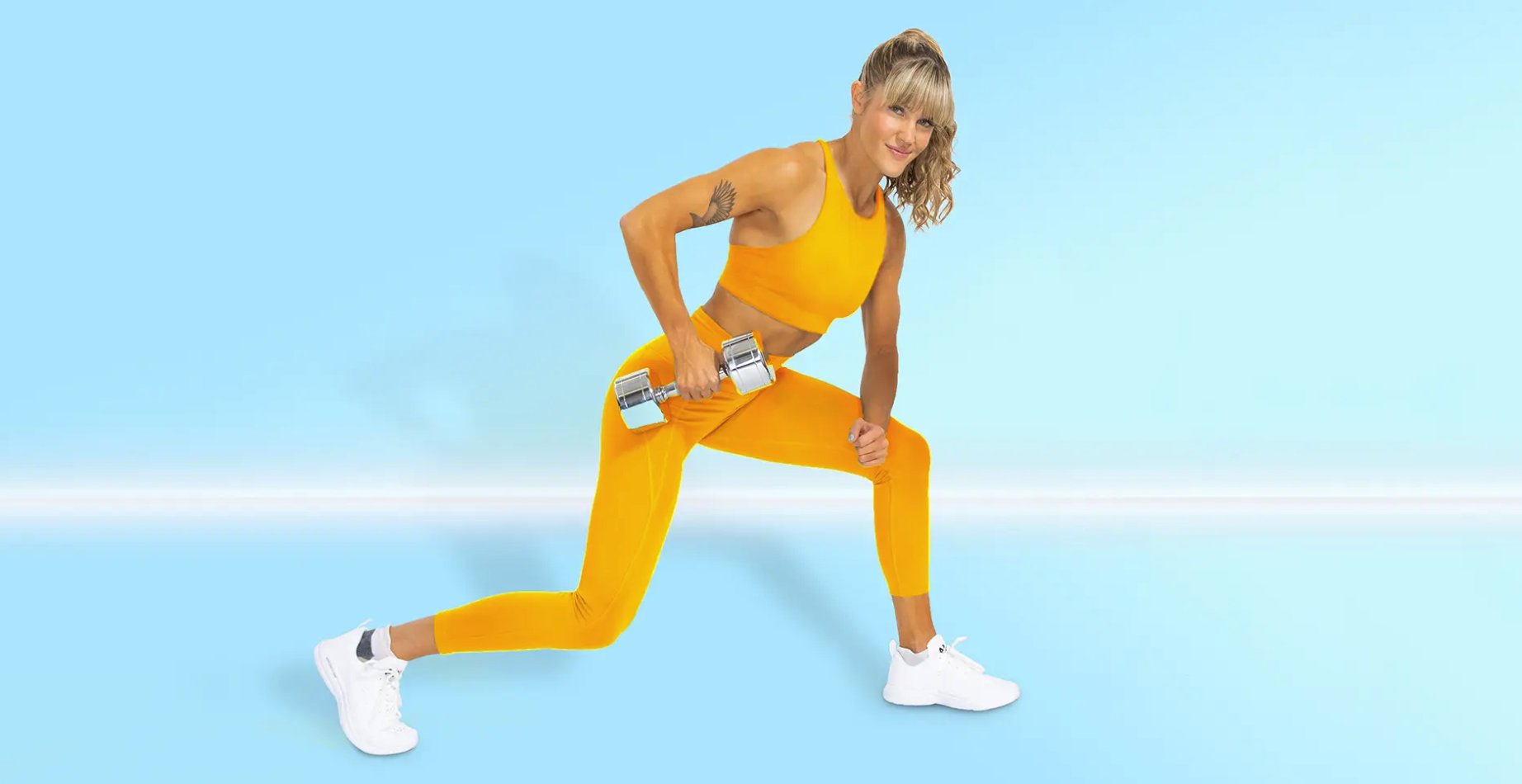


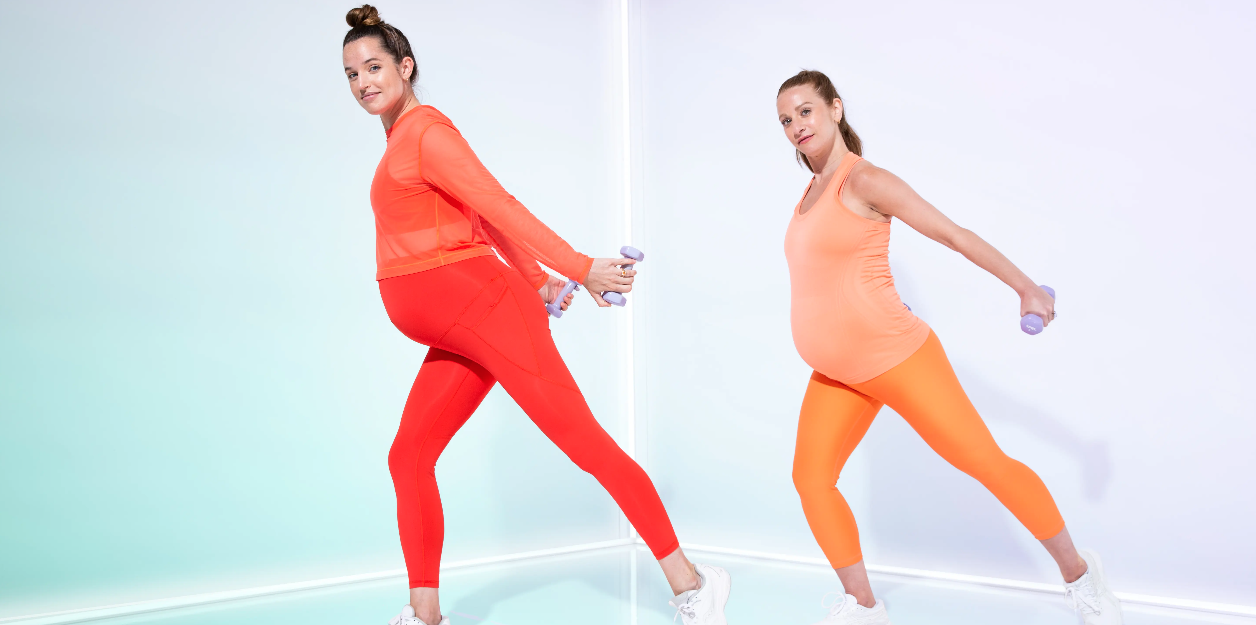

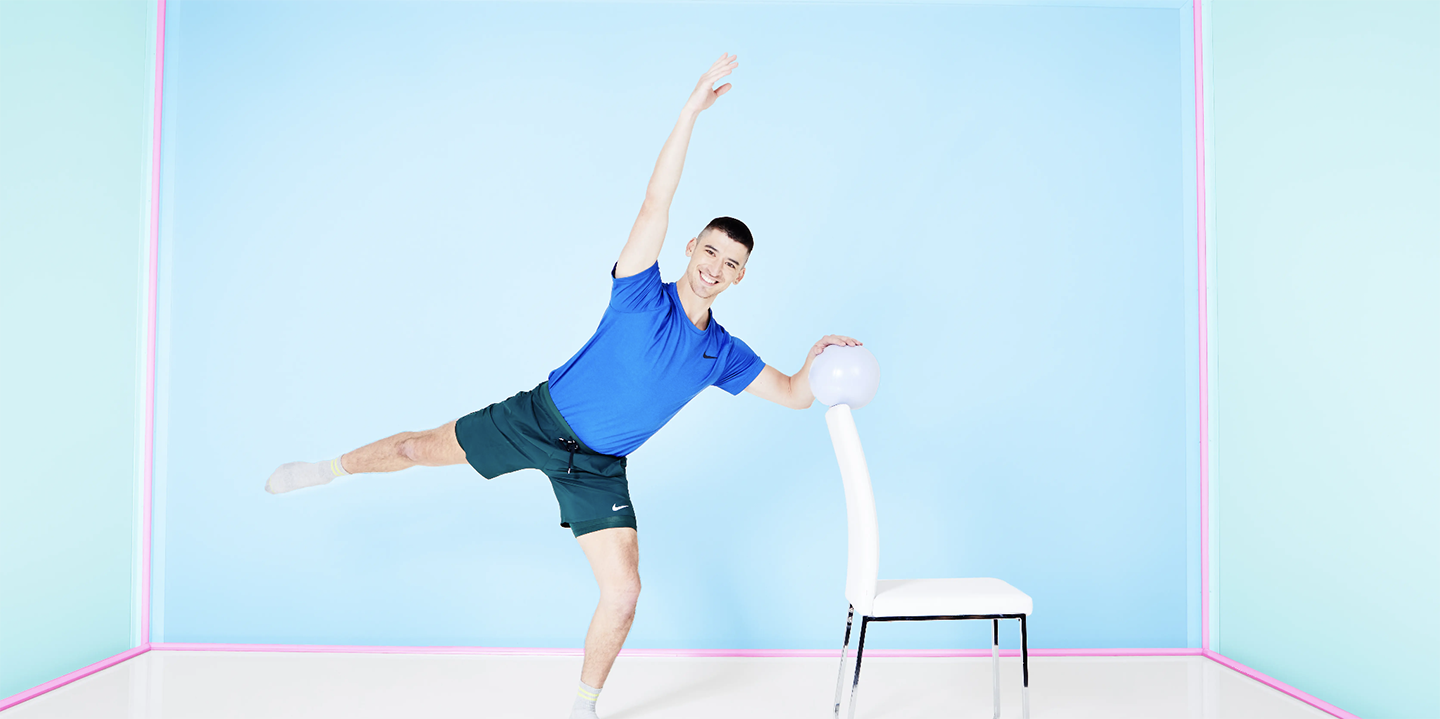
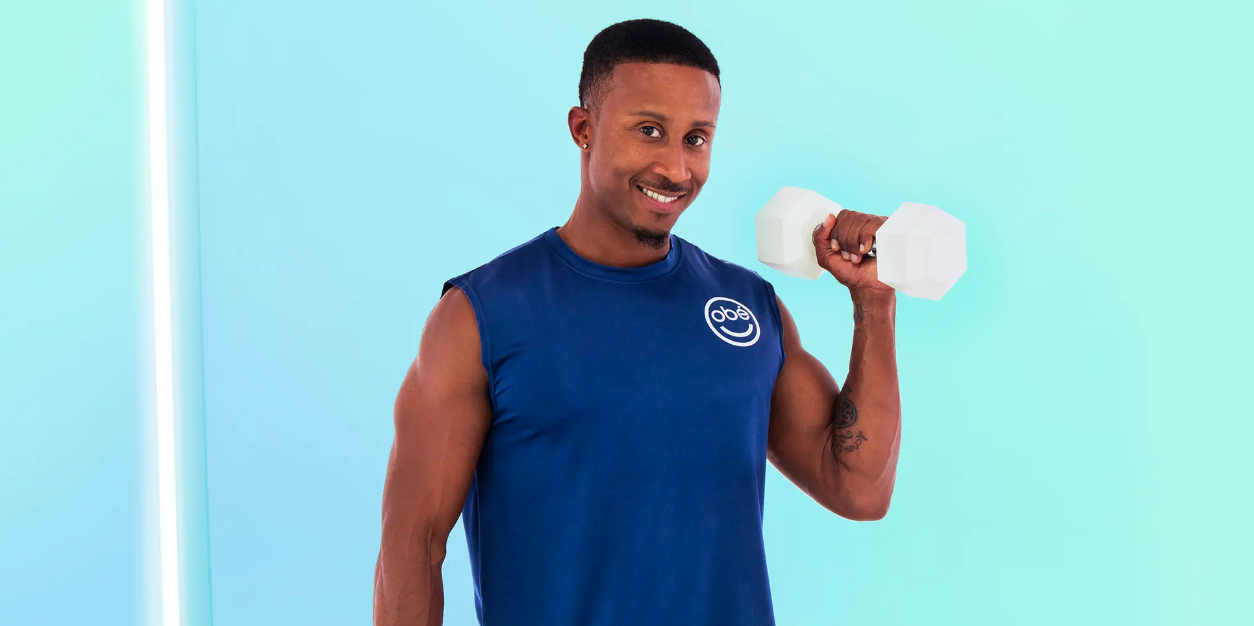




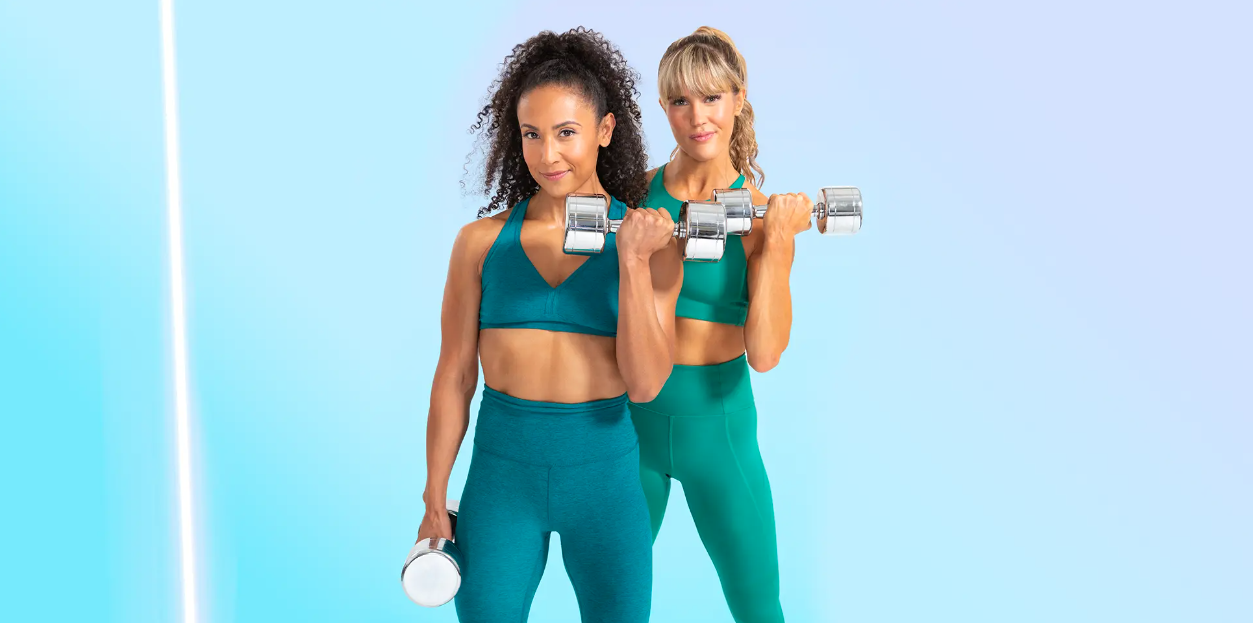



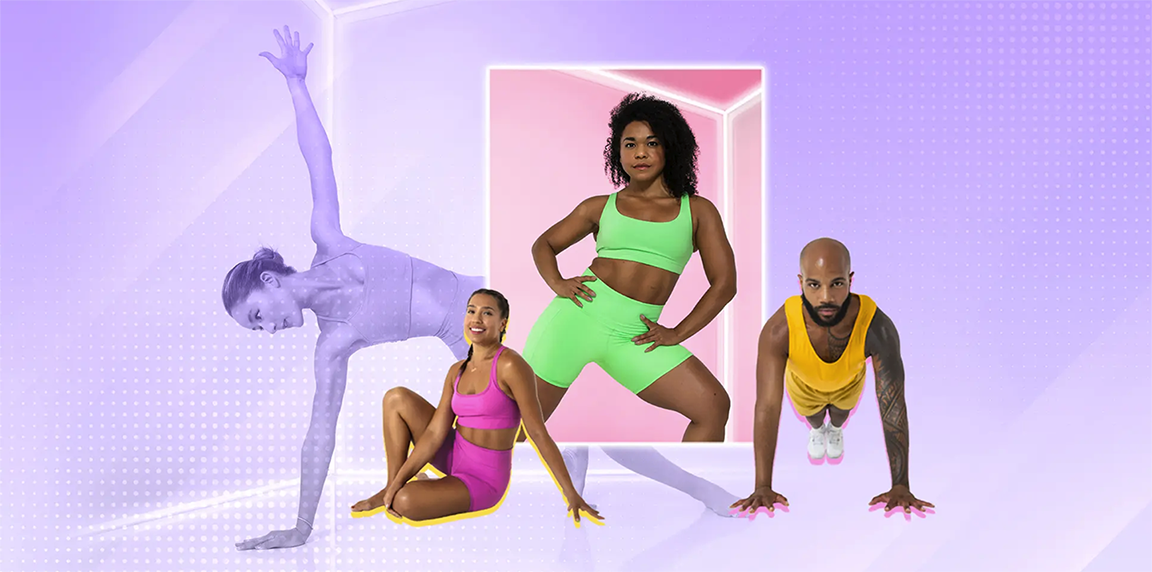



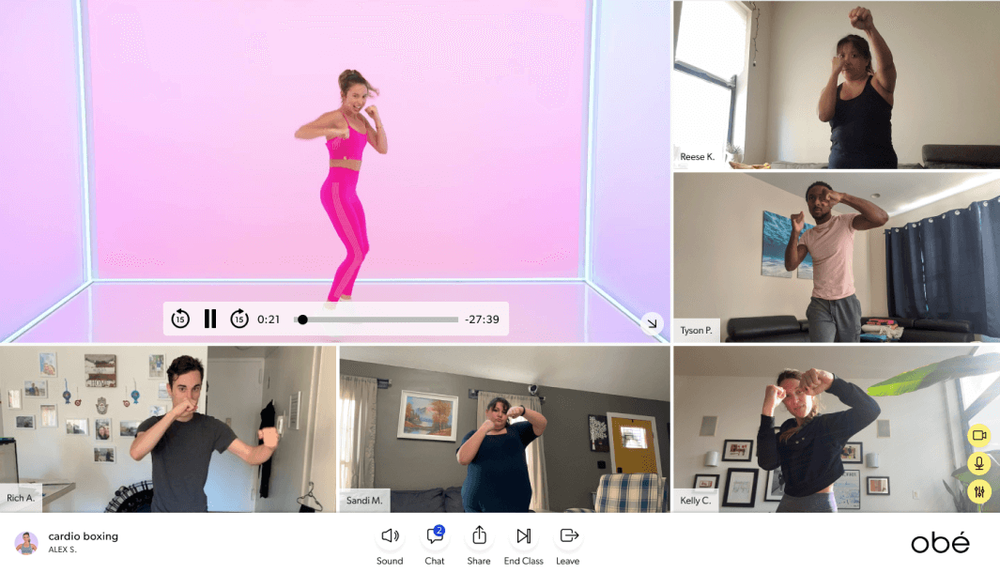


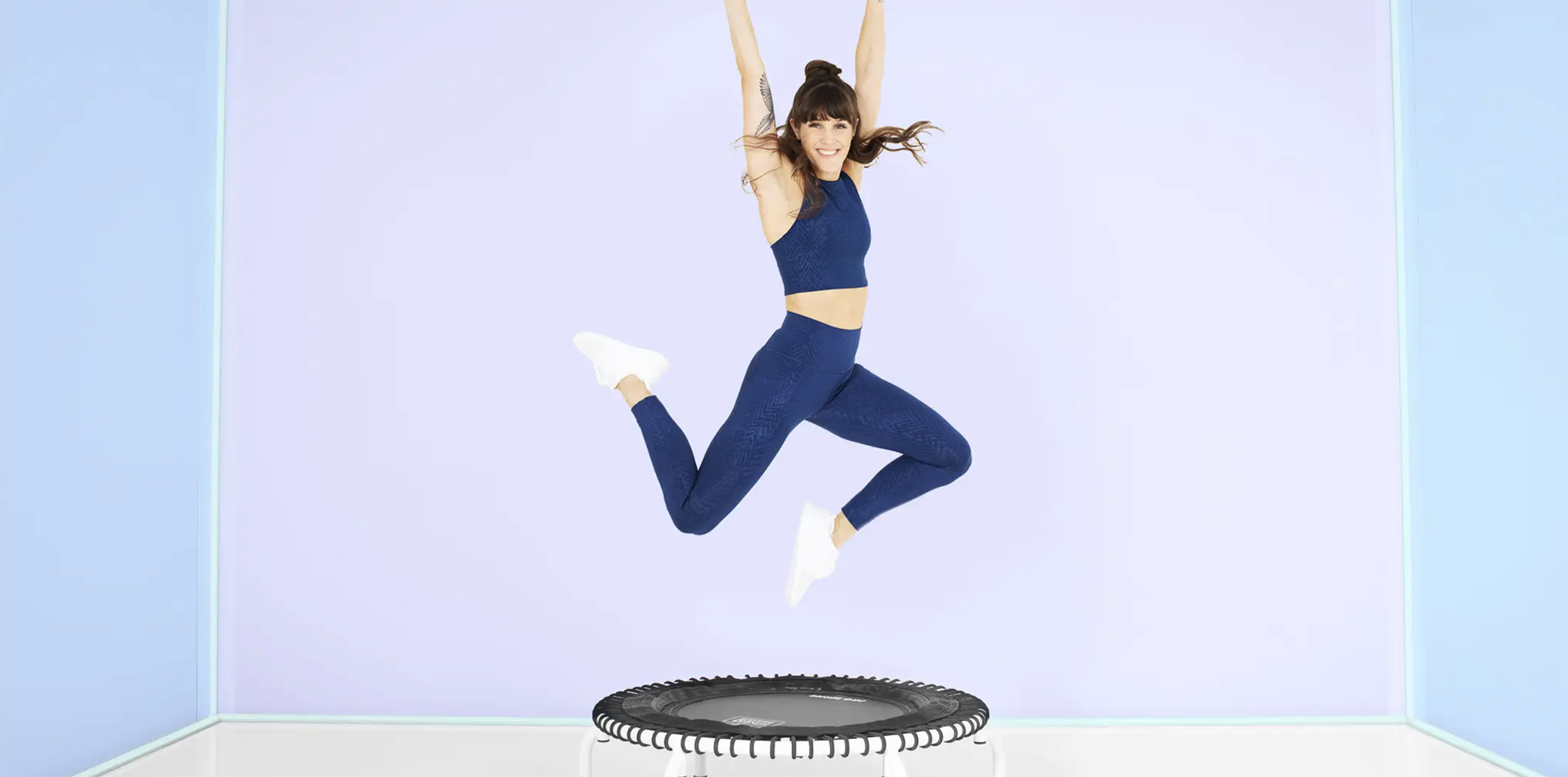





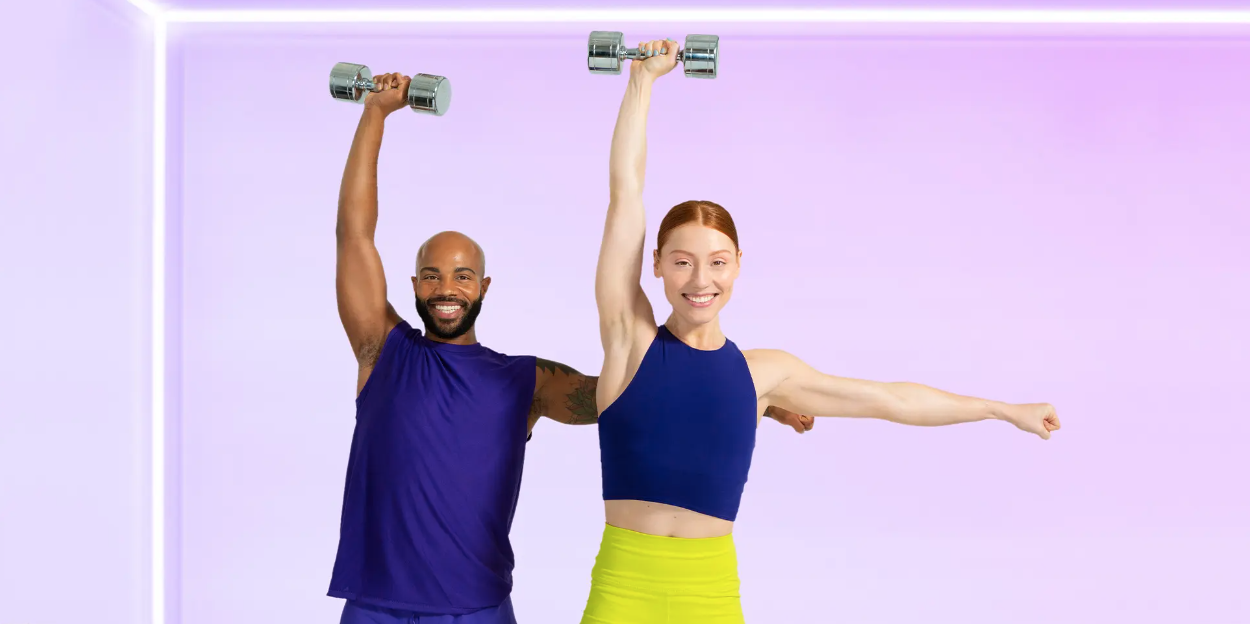



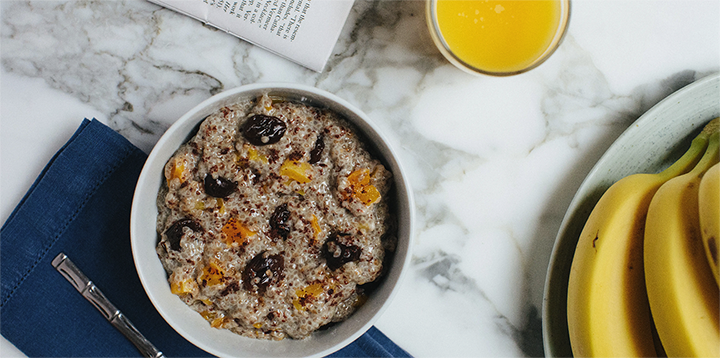











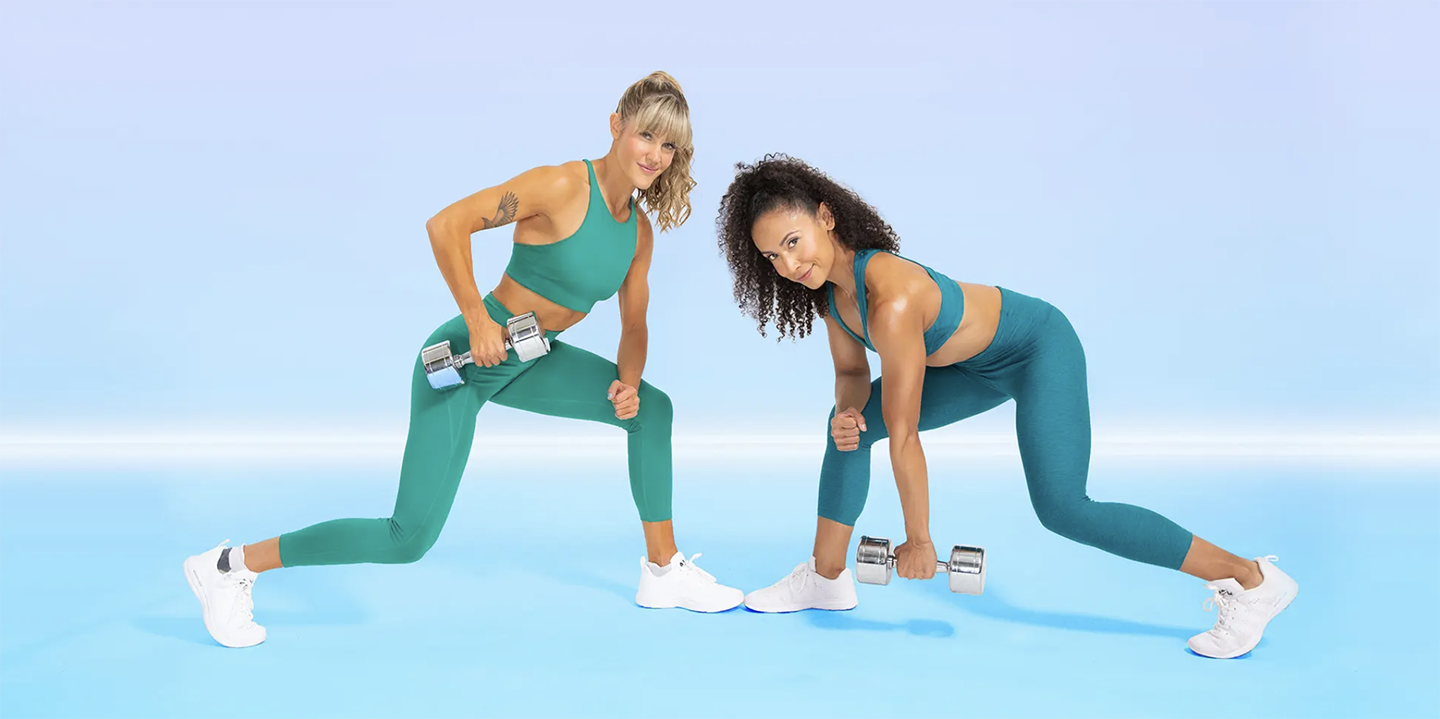



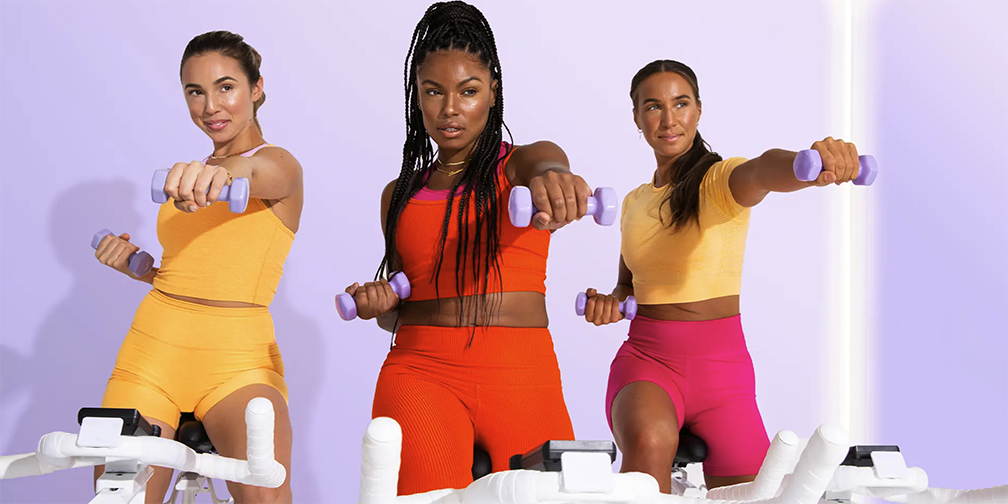

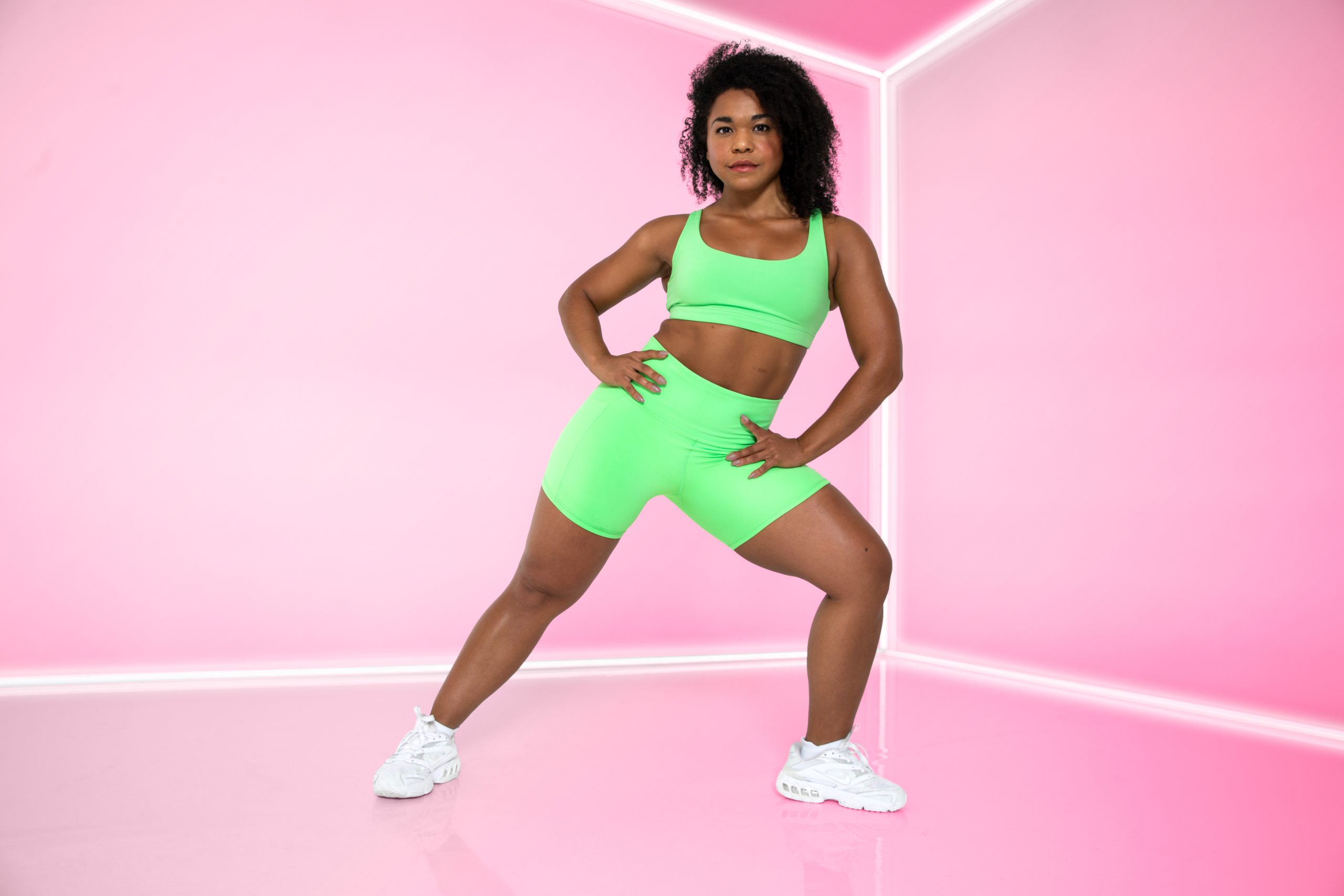

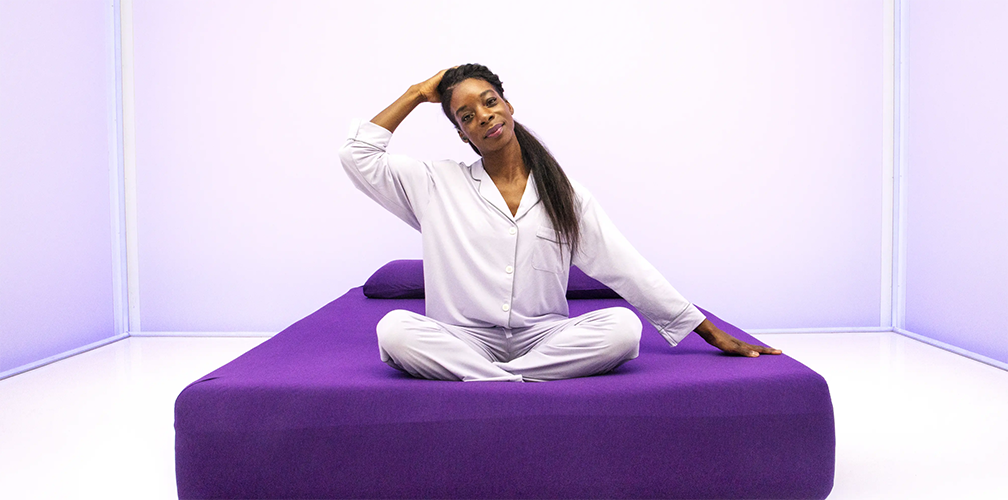









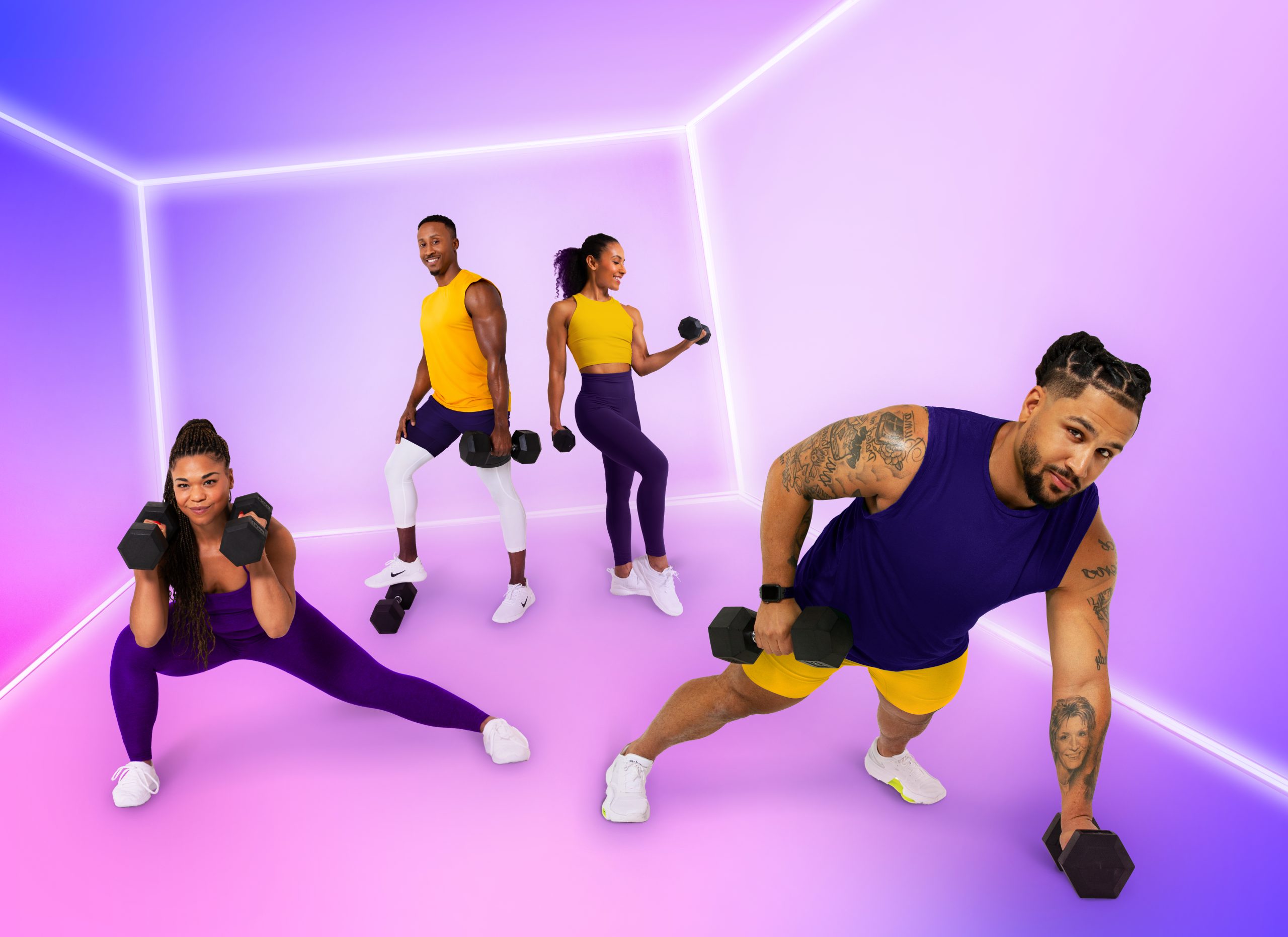
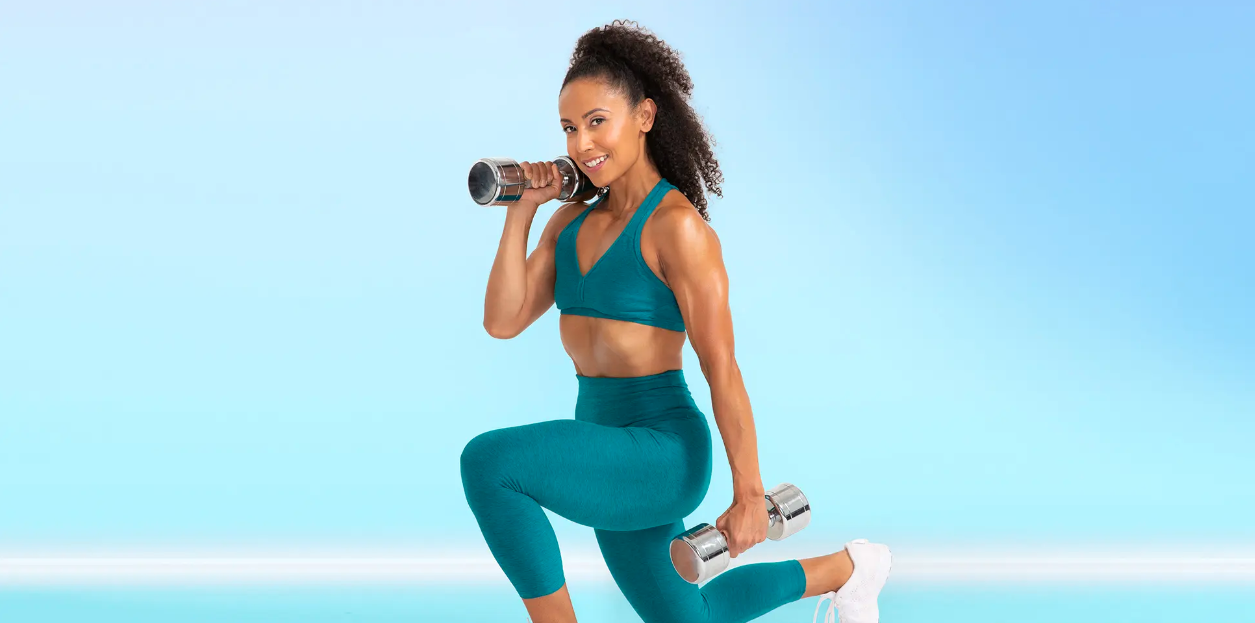





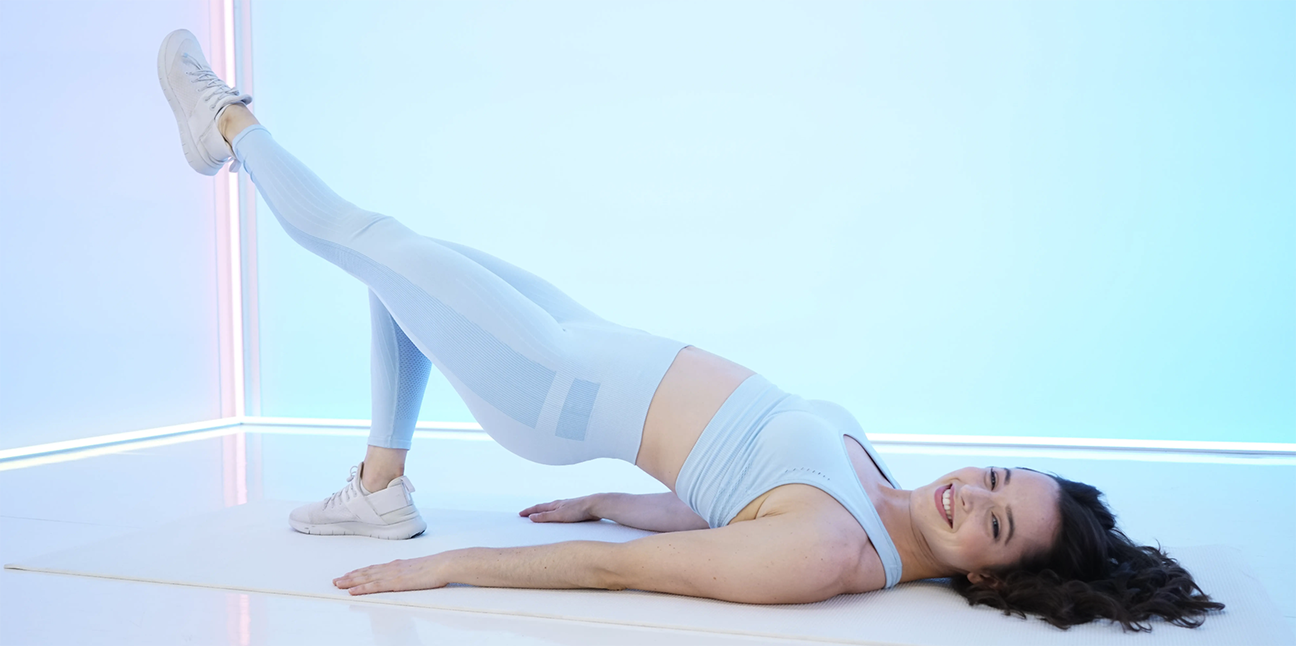





Leave a Reply